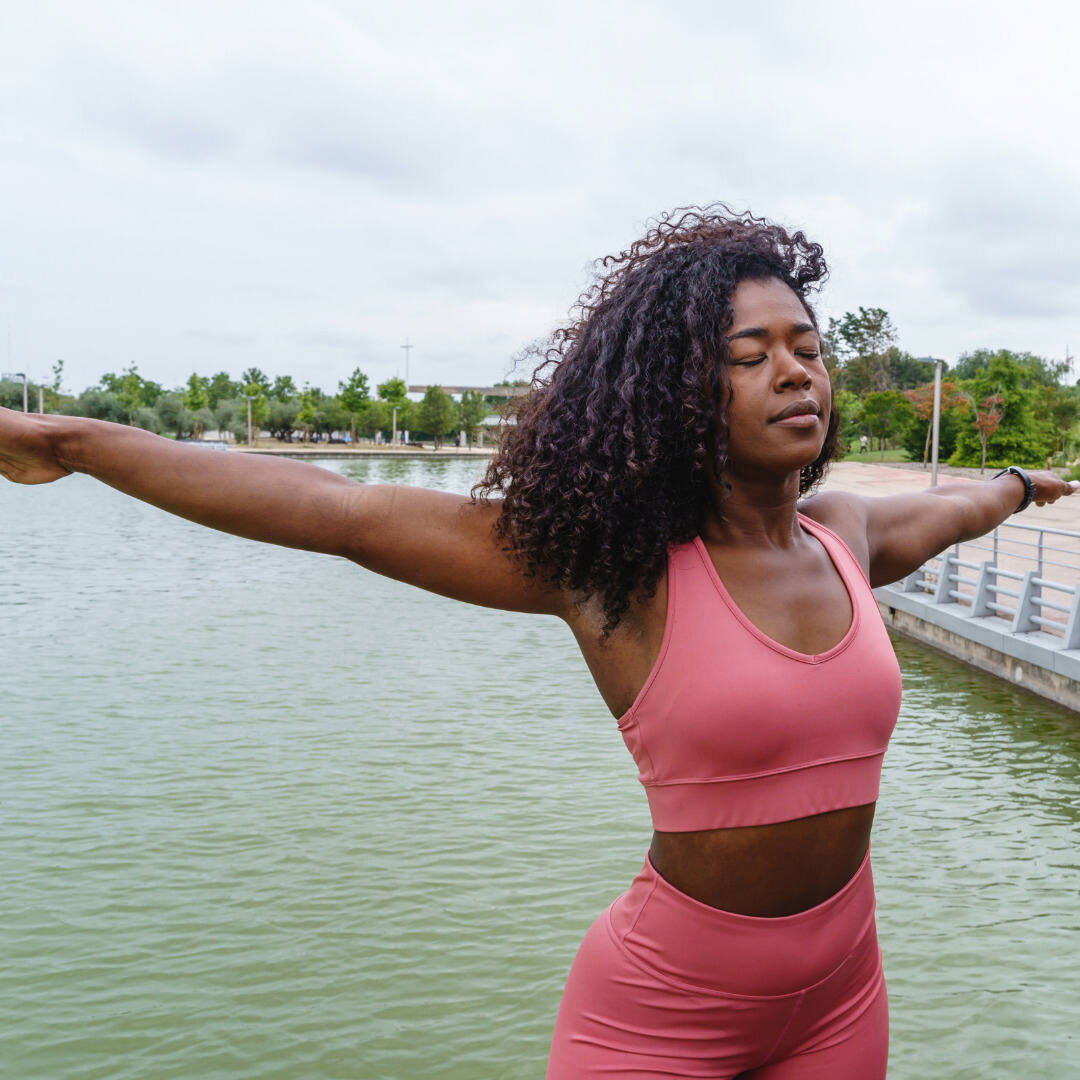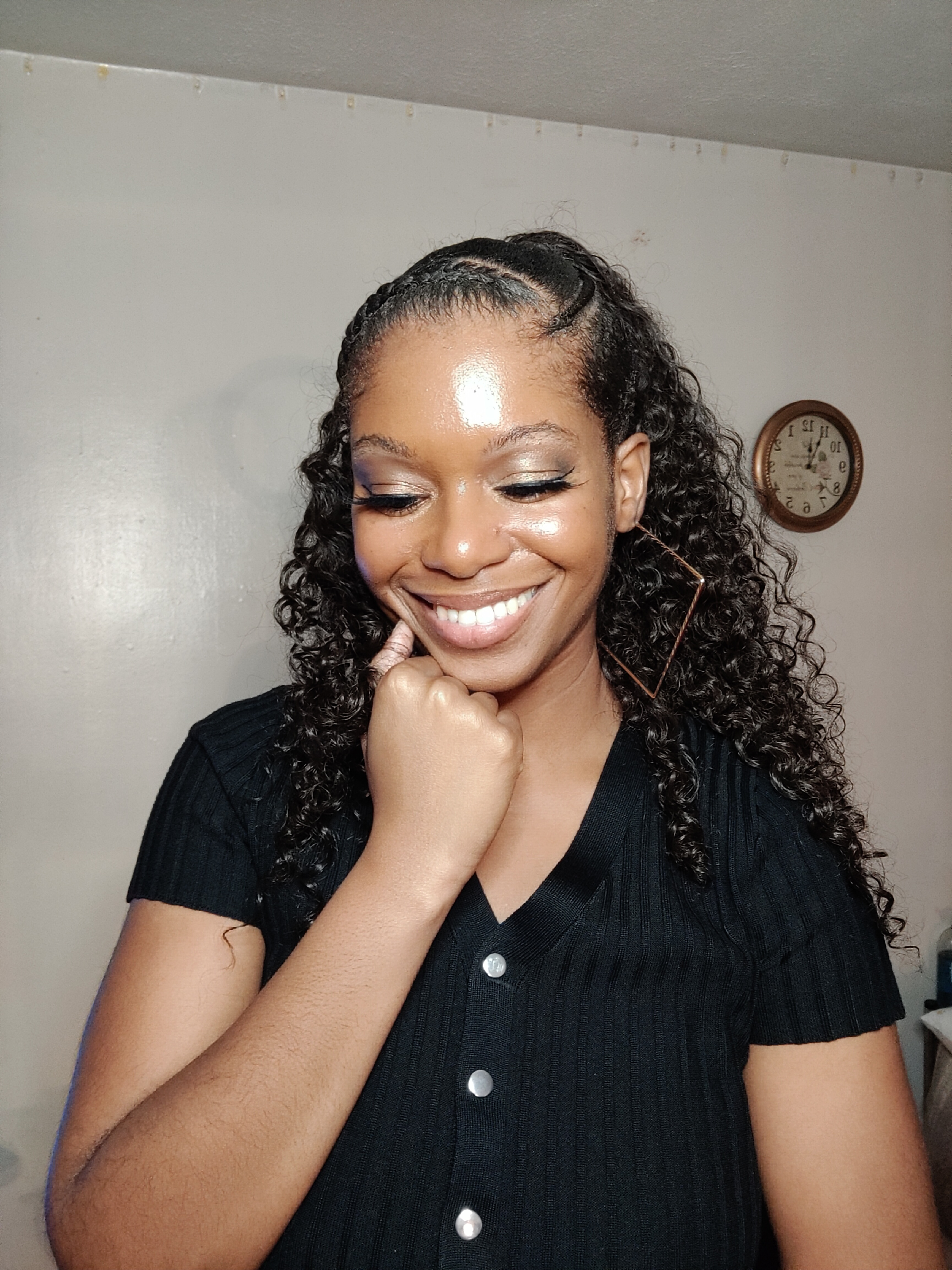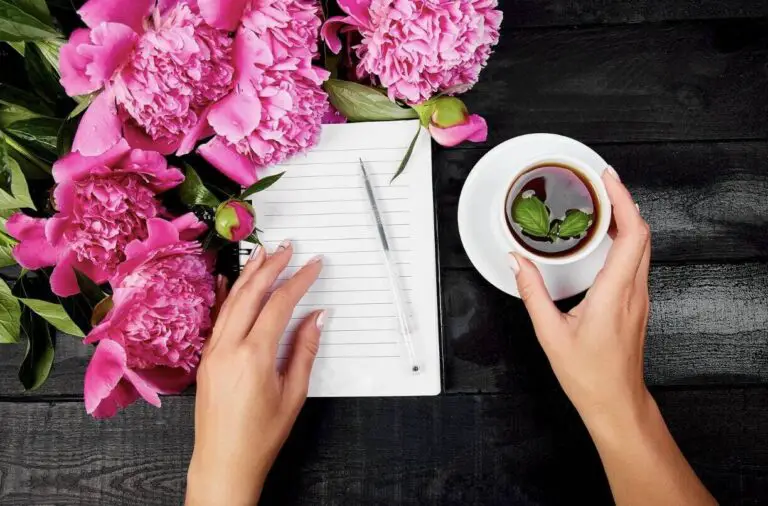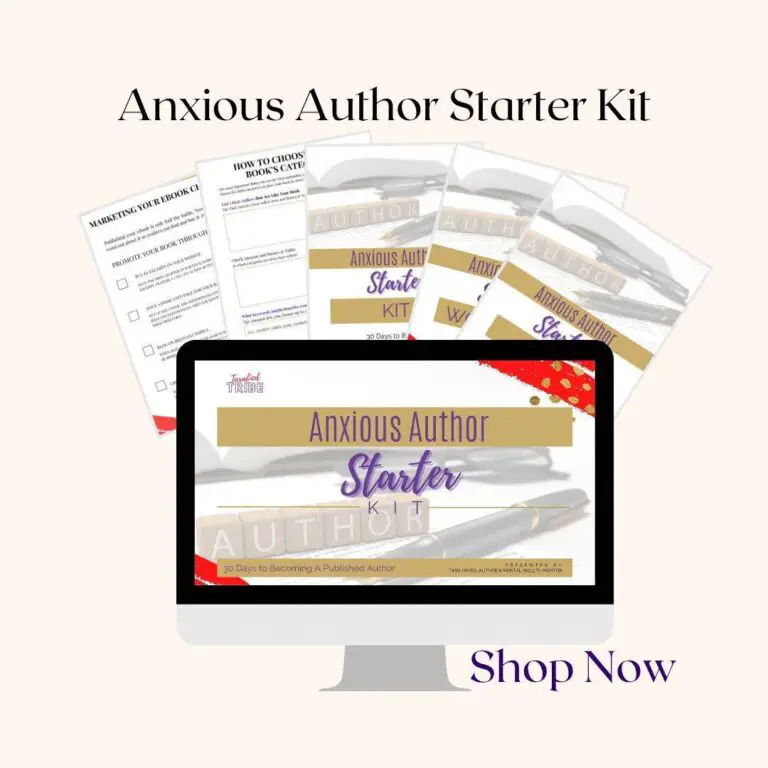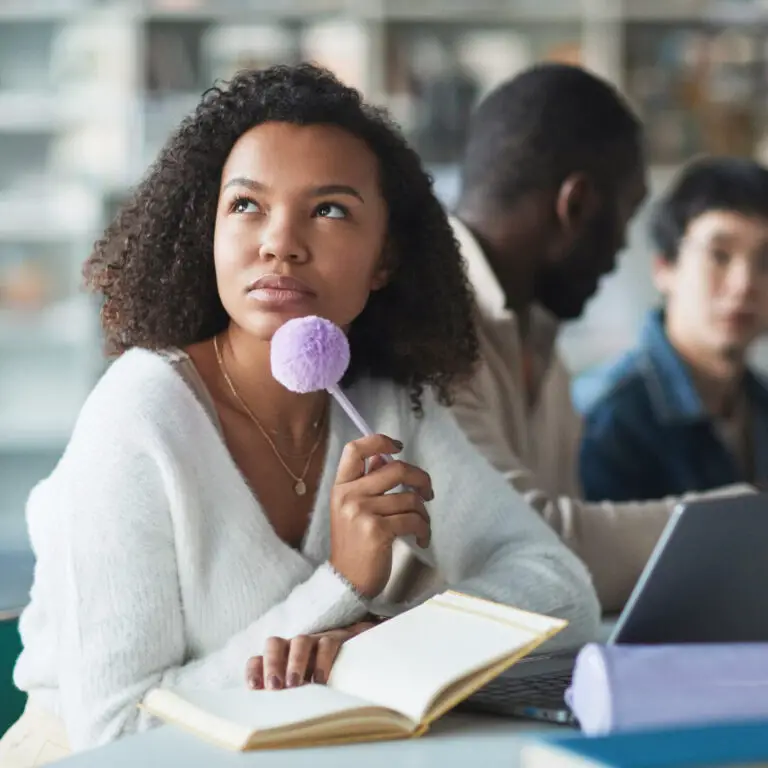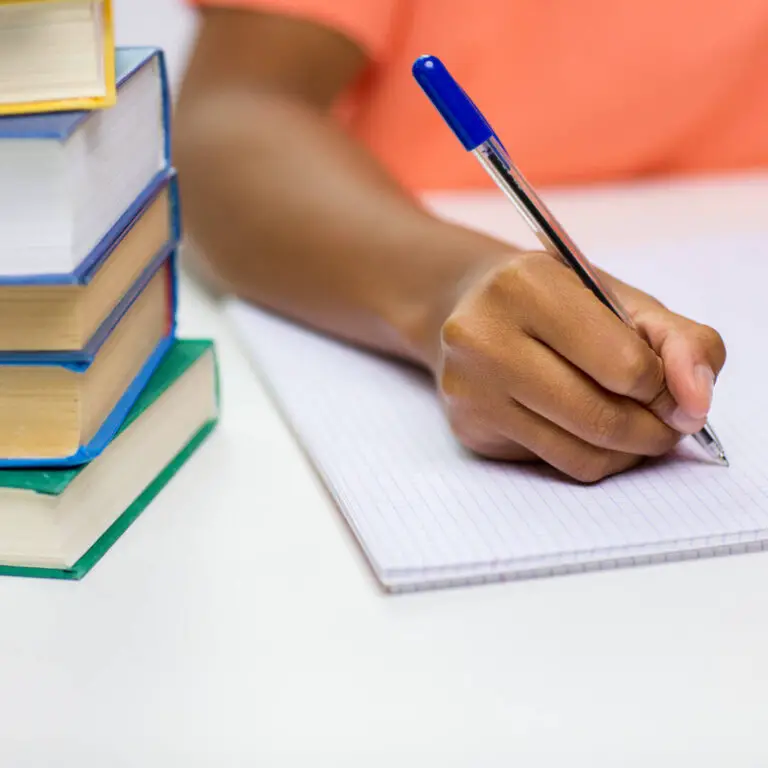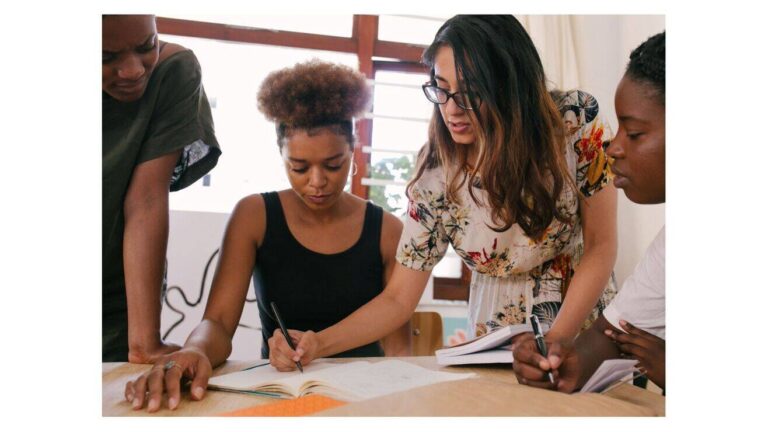60 Captivating Picture Writing Prompts (Includes Samples)
Many writers I’ve met have struggled to know where to start when deciding what kind of story they should write. As such, picture writing prompts are a useful way to get one’s creative juices flowing by looking at a captivating image and branching out that single idea into many.
Picture writing prompts are also important because many of us are visual creatures. Inspiration is found not only in words on a page but also in the strange and familiar things we see in daily.
Below, I will give you 60 picture writing prompts to get you started on your next story, or maybe stimulate new ideas for a story you already have in the works.
These images also apply to various genres, including romance, sci-fi, fantasy, realistic and historical fiction, and so on.
Thus, I hope you find at least one captivating treasure among these prompts and if not, they spark even a tiny idea to take with you on your writing journey.
60 Captivating Picture Writing Prompts
1. What kinds of books are on these shelves? What is this mysterious door, and who is the woman inside?
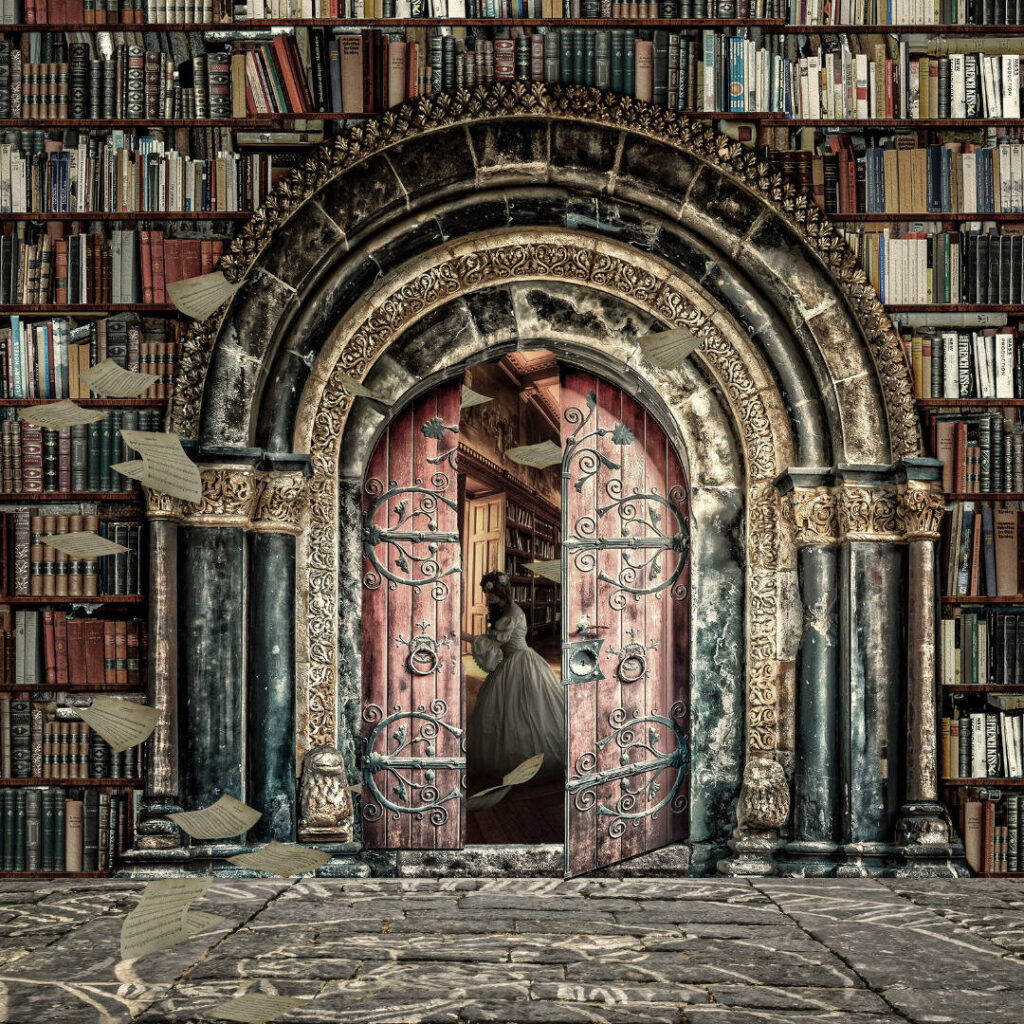
2. Why is this rock glowing? Where is this rock located? Is there something inside it?

3. Who is this woman, and where is she going? Is she alone? What’s in her bag?
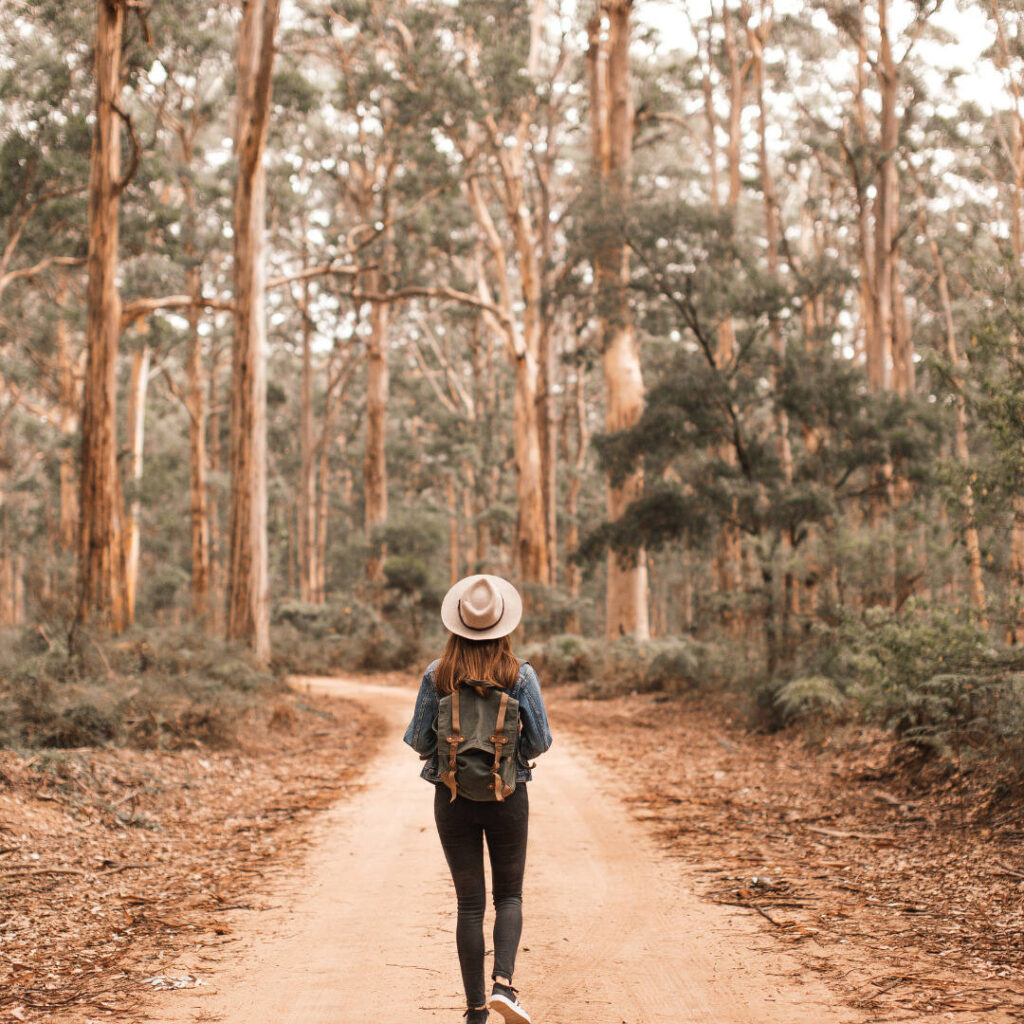
4. Can this dog drive? How did he get his sunglasses on? What is he thinking about?
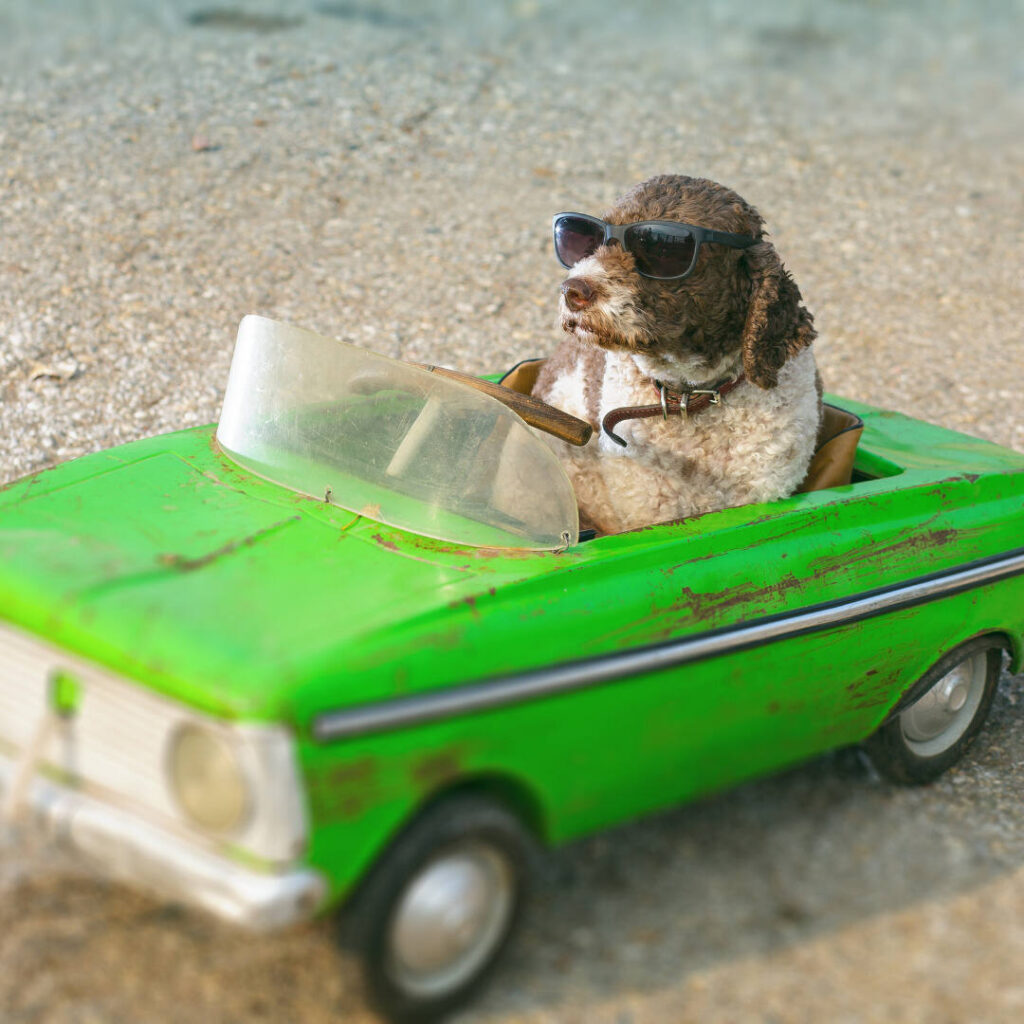
5. Why is this person wearing a unicorn suit? Why are they meditating on a mountaintop? Did they go alone?
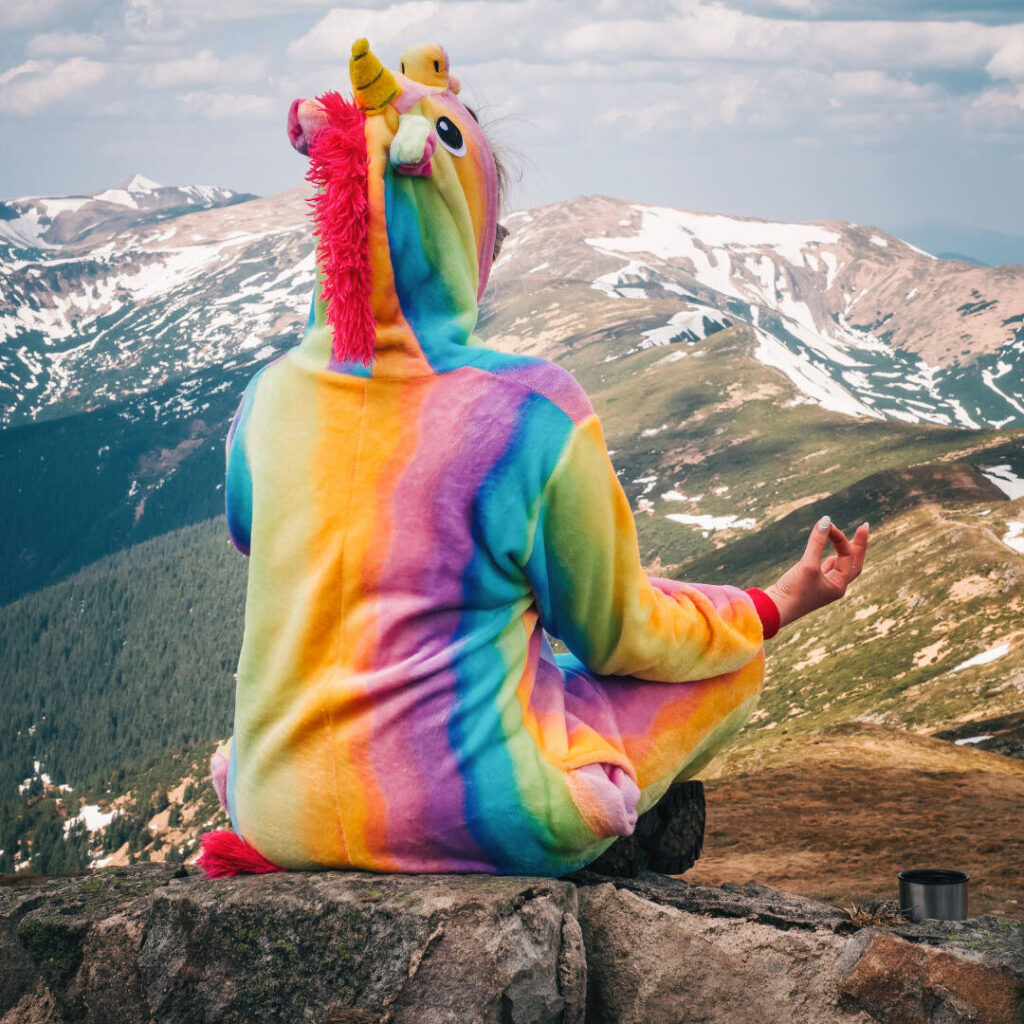
.
6. Where is this forest located? Why does this doorway look so new? Have people gone inside here before?
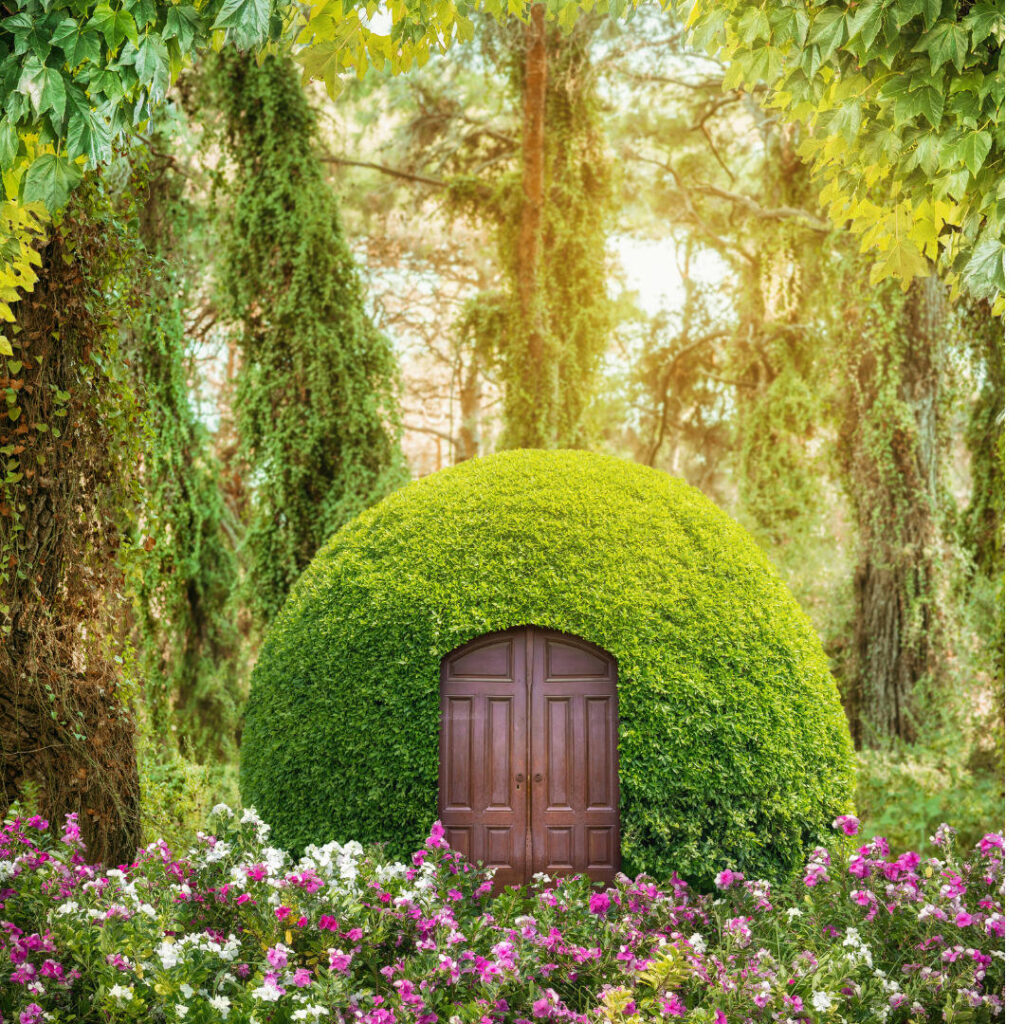
7. Does this book have a title? What does its contents say? Who left the rock sitting in this book?

8. What is this glowing light coming from? Why is a horse there? Who are these people, and what will they do with the horse?
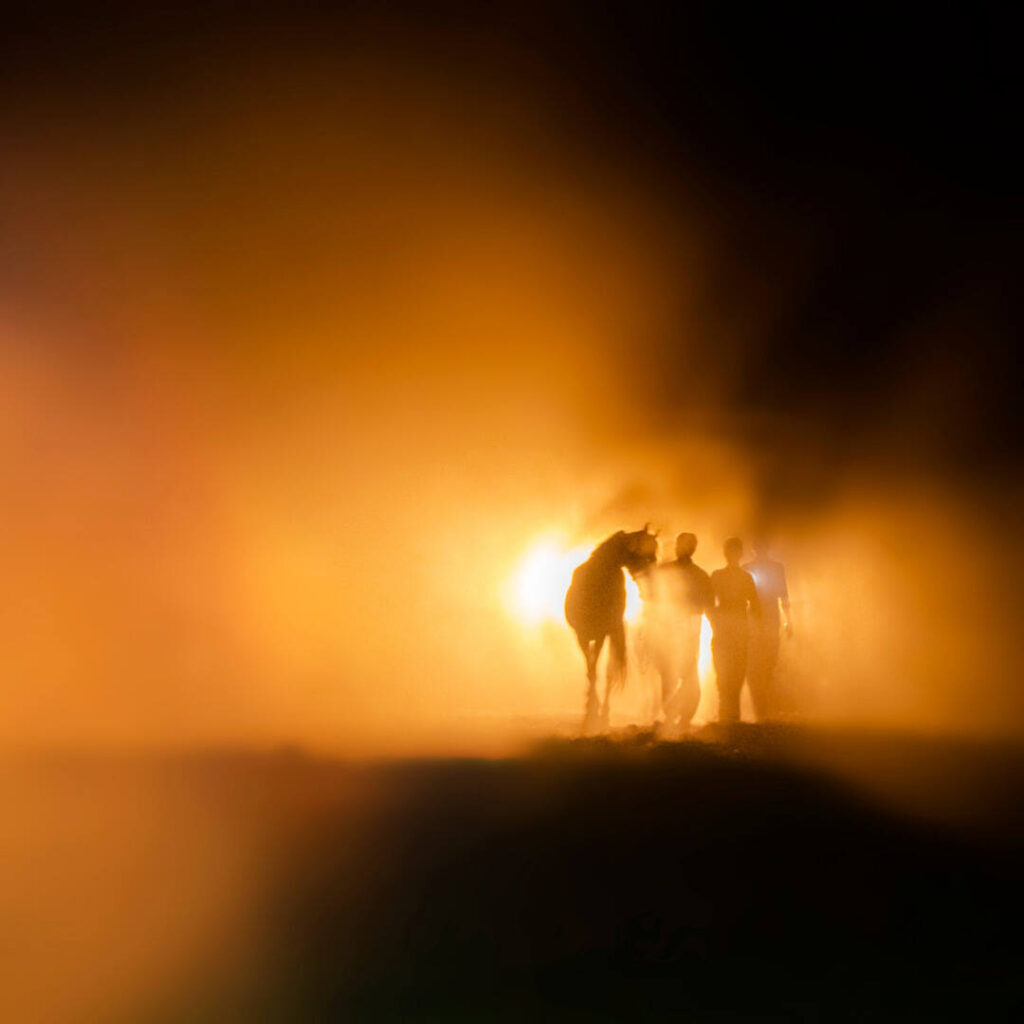
9. Whose hand is this, and where are they located? Are they in danger or pain?
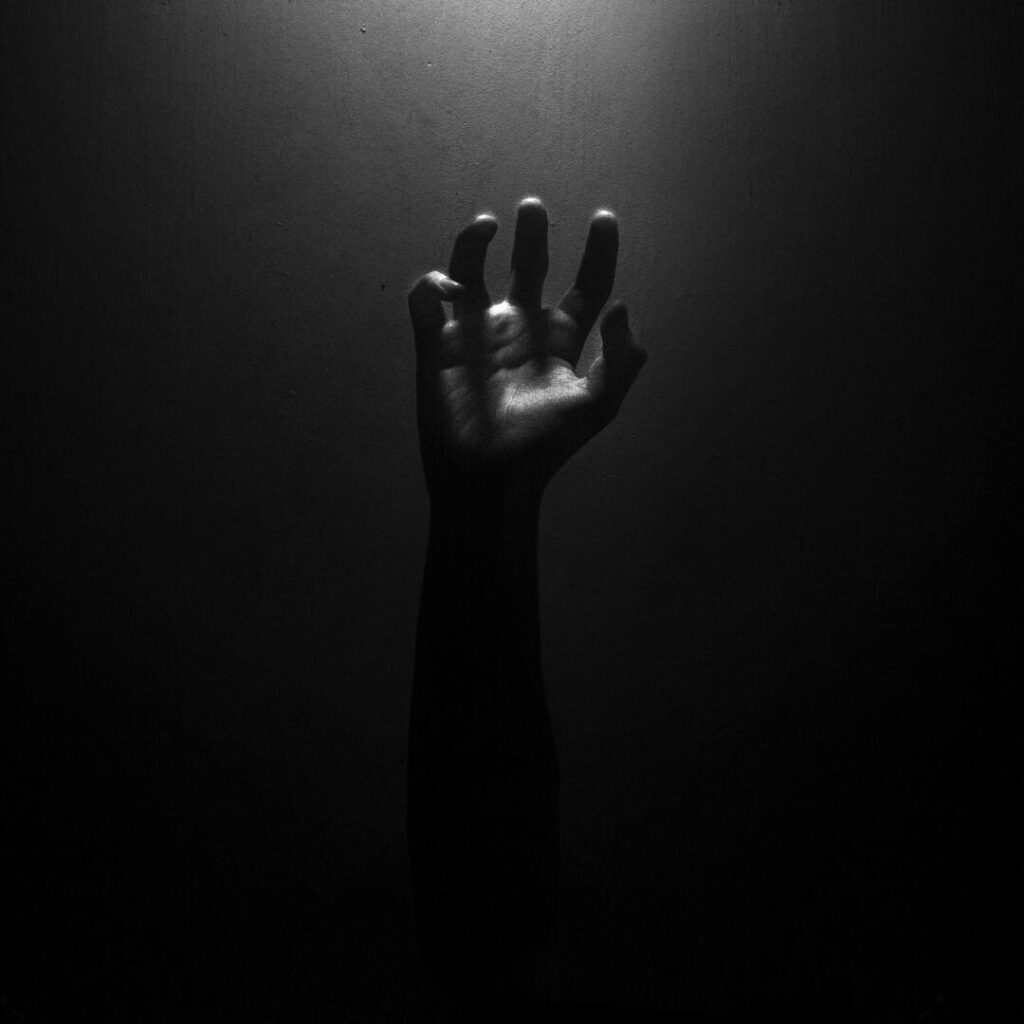
10. What are these crystals for? Do they have magical powers? Who might use them?

11. Who is this person? Why are they about to touch the candle?

12. Who are these children? Are they siblings, friends, etc.? Where are they, and why are they dressed in formal attire?
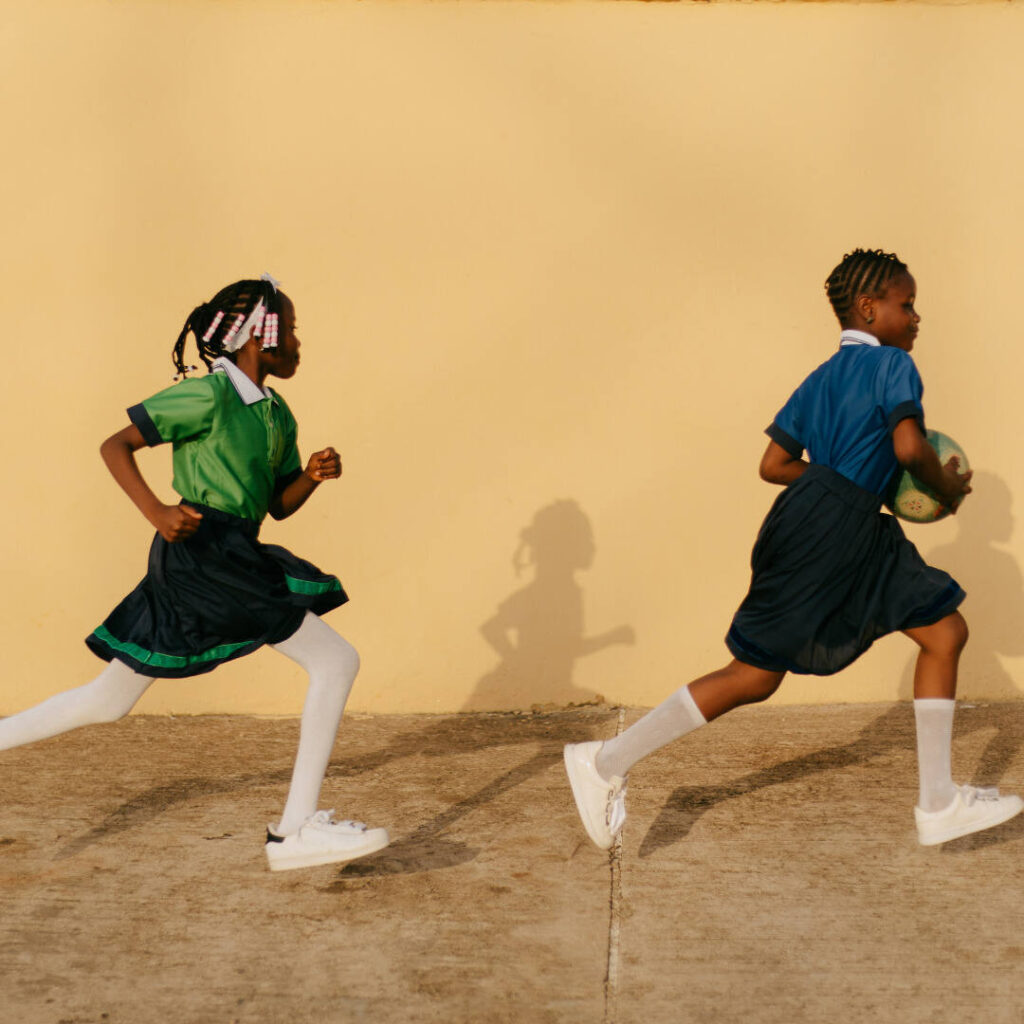
13. Who is this couple? How long have they been together? Is there a particular reason they are eating watermelon?
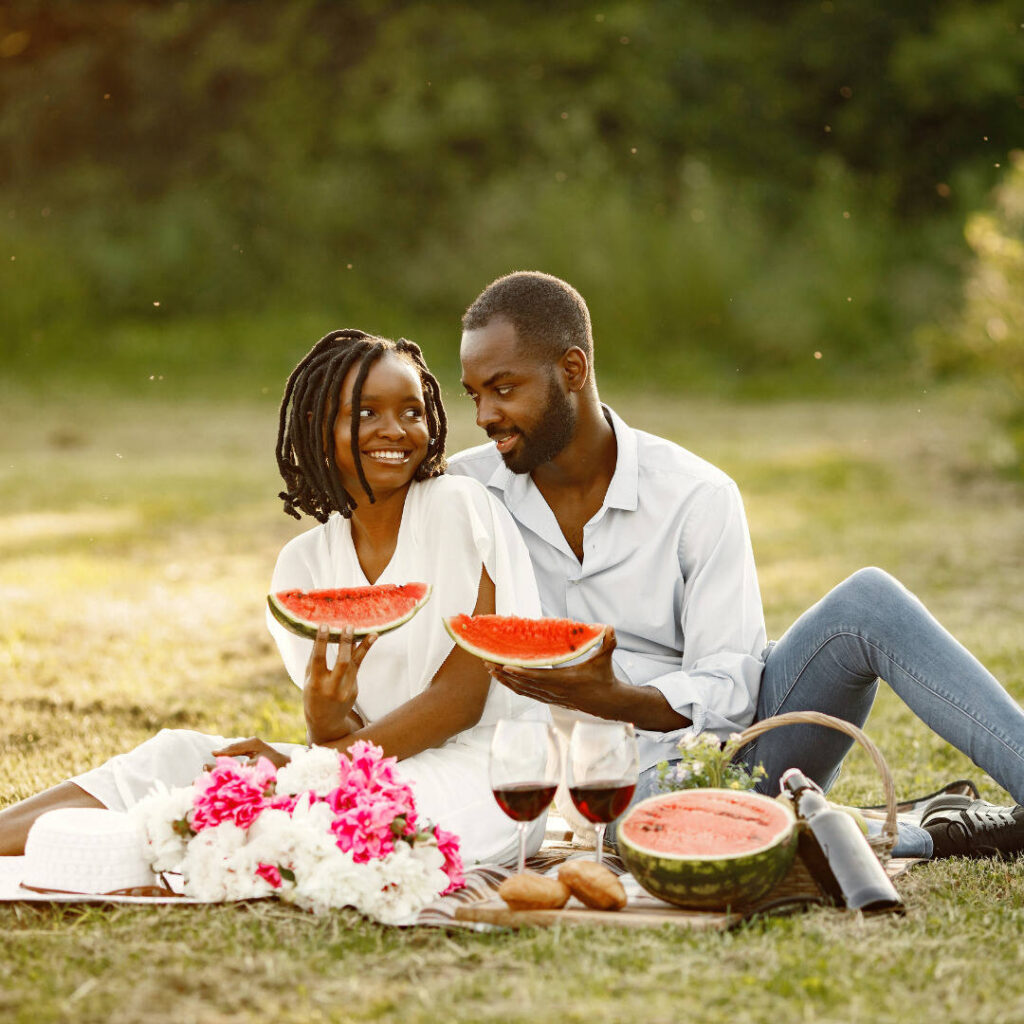
14. Who is this woman conversing with? Why is she rolling her eyes? Is it because of the person in front of her, or is she just thinking of something unpleasant?
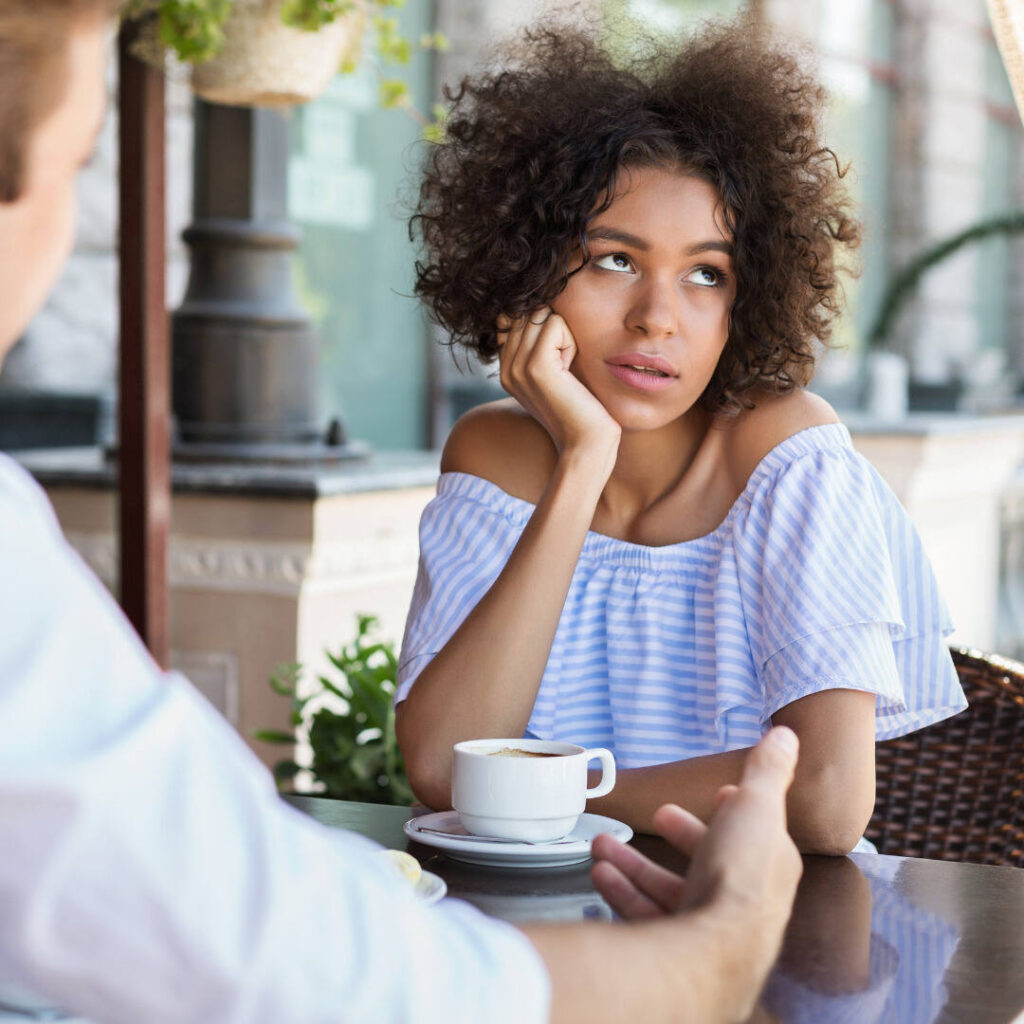
15. Why is this woman there? What’s in her bag?

16. What is this person doing? Are they exploring, looking for something, running away, etc.?

17. Who are these people, and why did they drive their car to the edge of a cliff?

18. Is this a dog with a mushroom head, or a mushroom with a dog face? Is the dog alone?
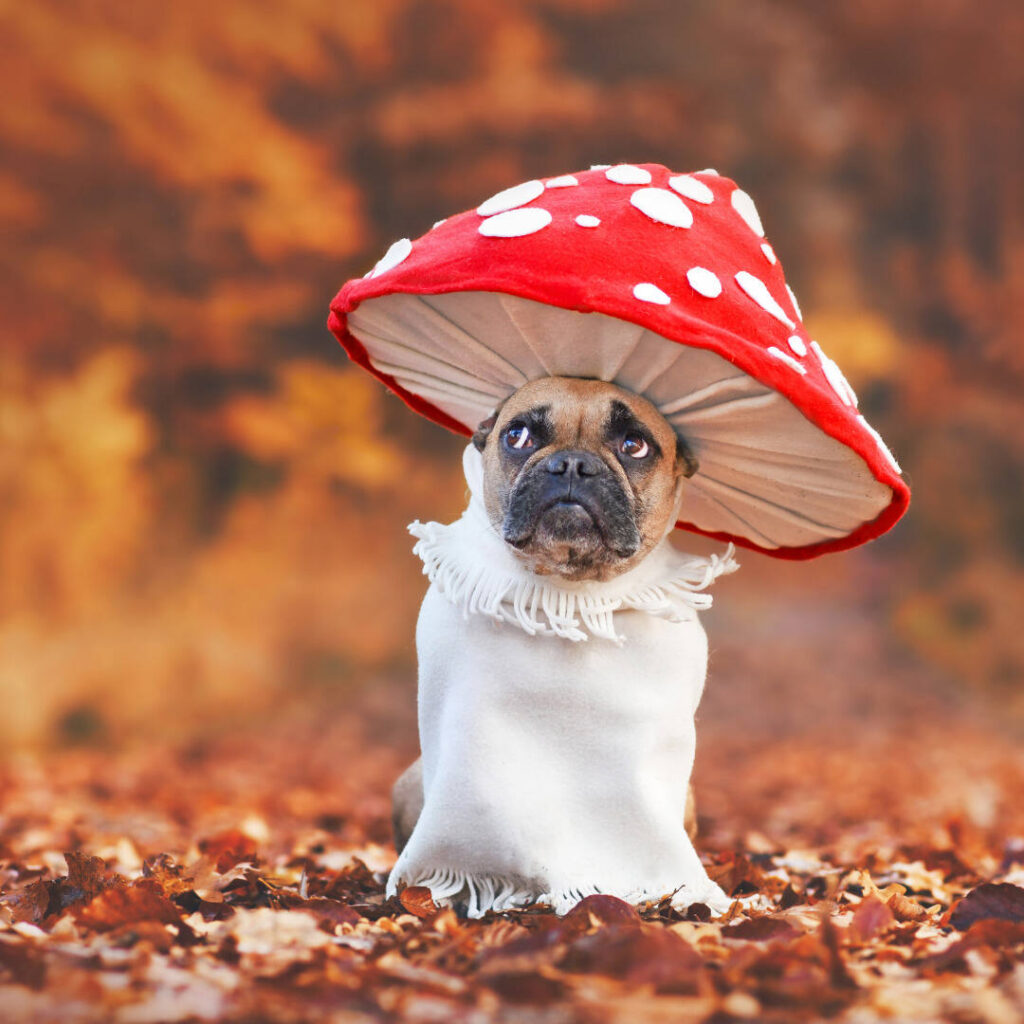
19. Where are this girl’s parents? Why is she wearing a dress with a mask? Is her home safe, or is this just a costume?
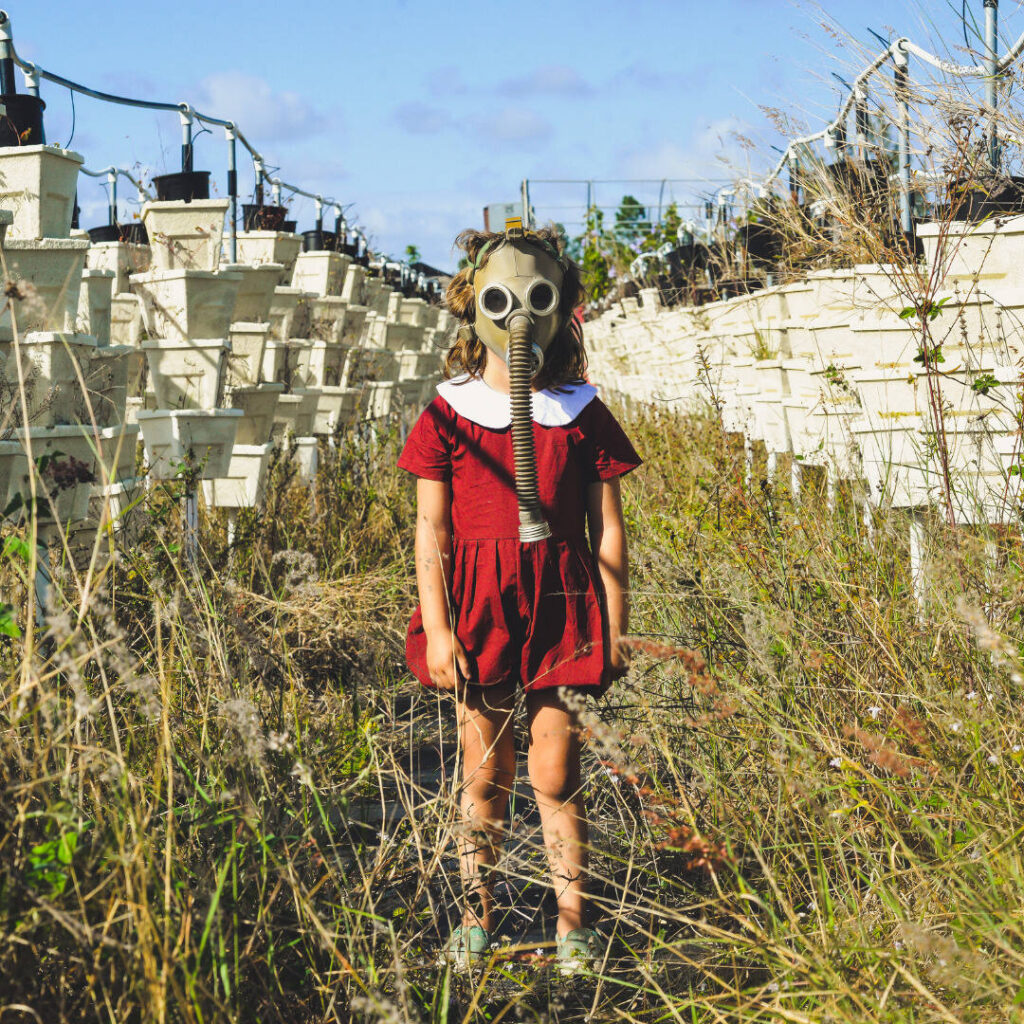
20. What are these people looking at? Are the two of them strangers, or do they know each other?
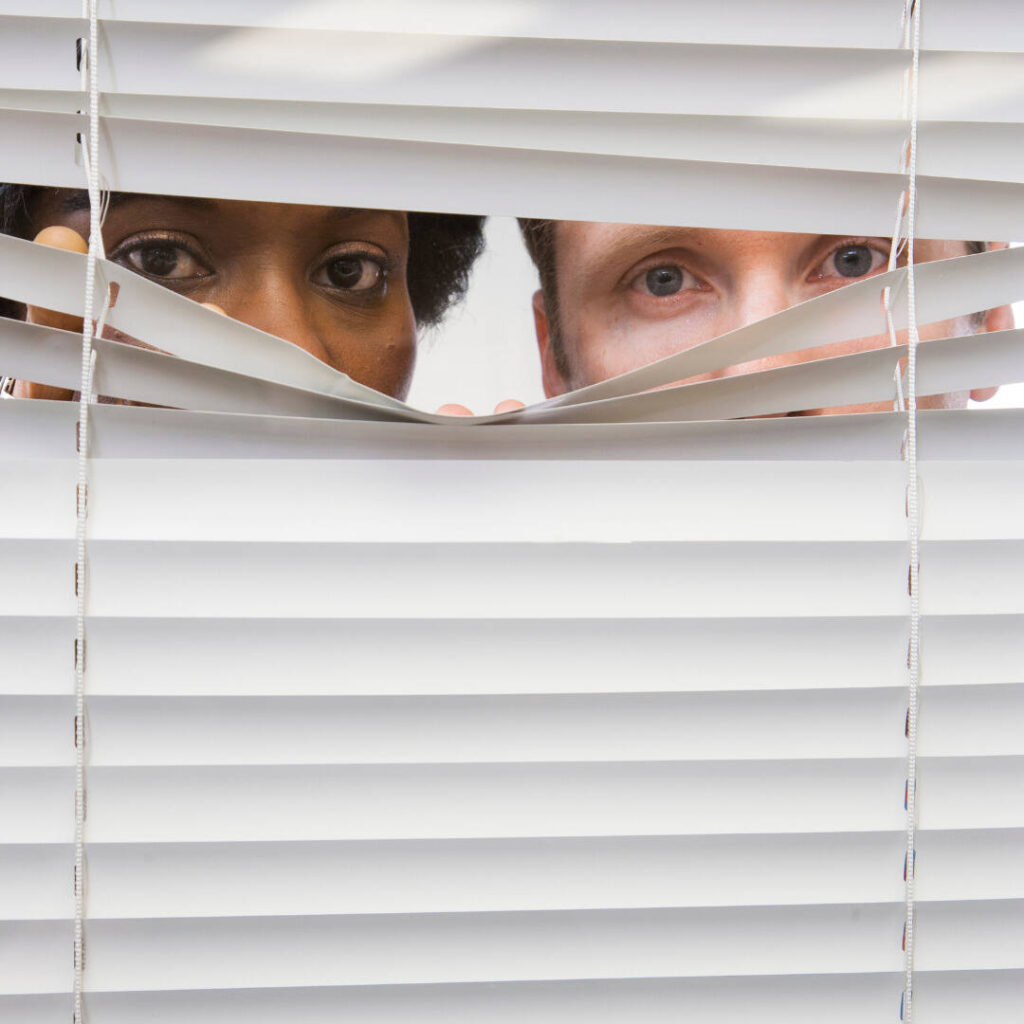
21. What do these four boys do all day? Are these boys brothers, cousins, friends, etc.? What are each of their dreams?
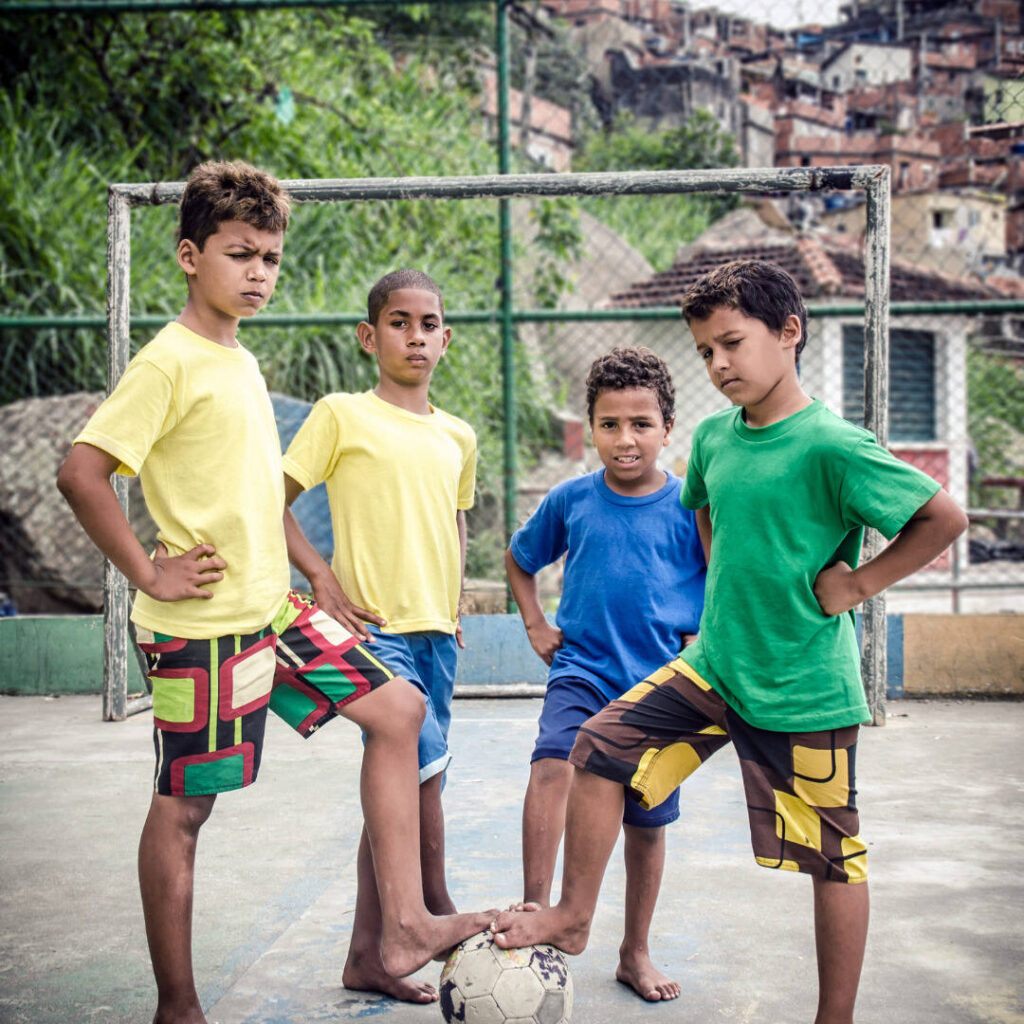
22. What are these cats arguing about? Why is the brown cat raising their paw
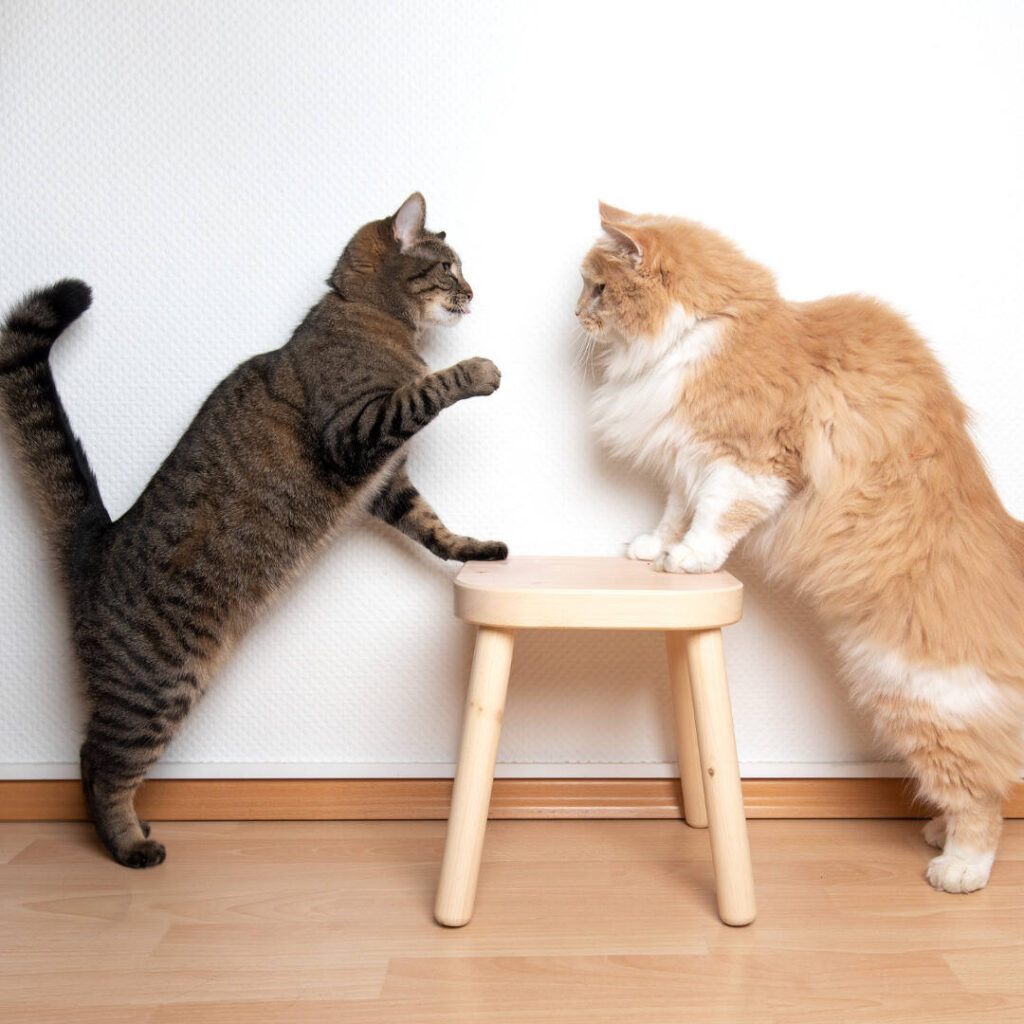
23. Whose handprint is this? How old is it? Why did they leave it there?

24. Can these trash bins talk to each other? If so, what do they usually talk about?
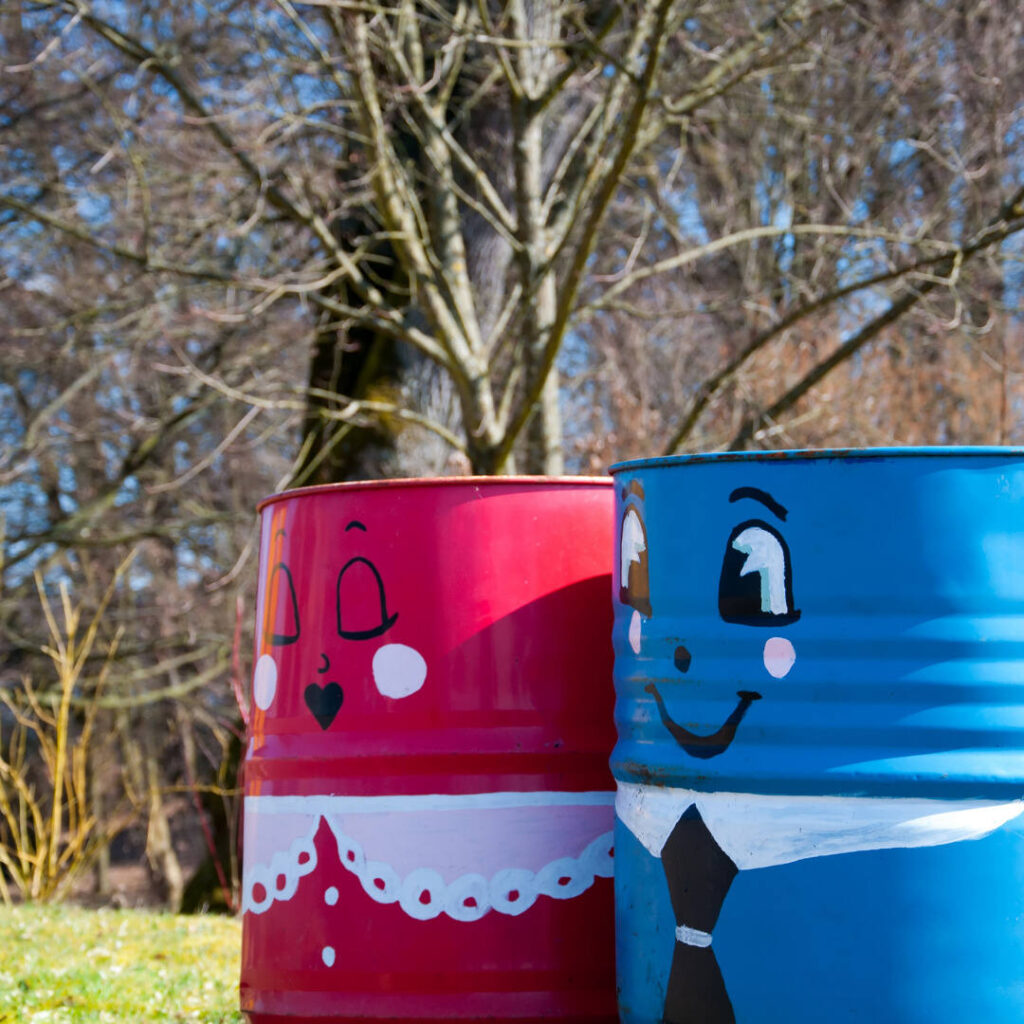
25. Who left this apple on the staircase? Did the person responsible forget to take it, or did they deliberately leave it there? Does it represent anything?
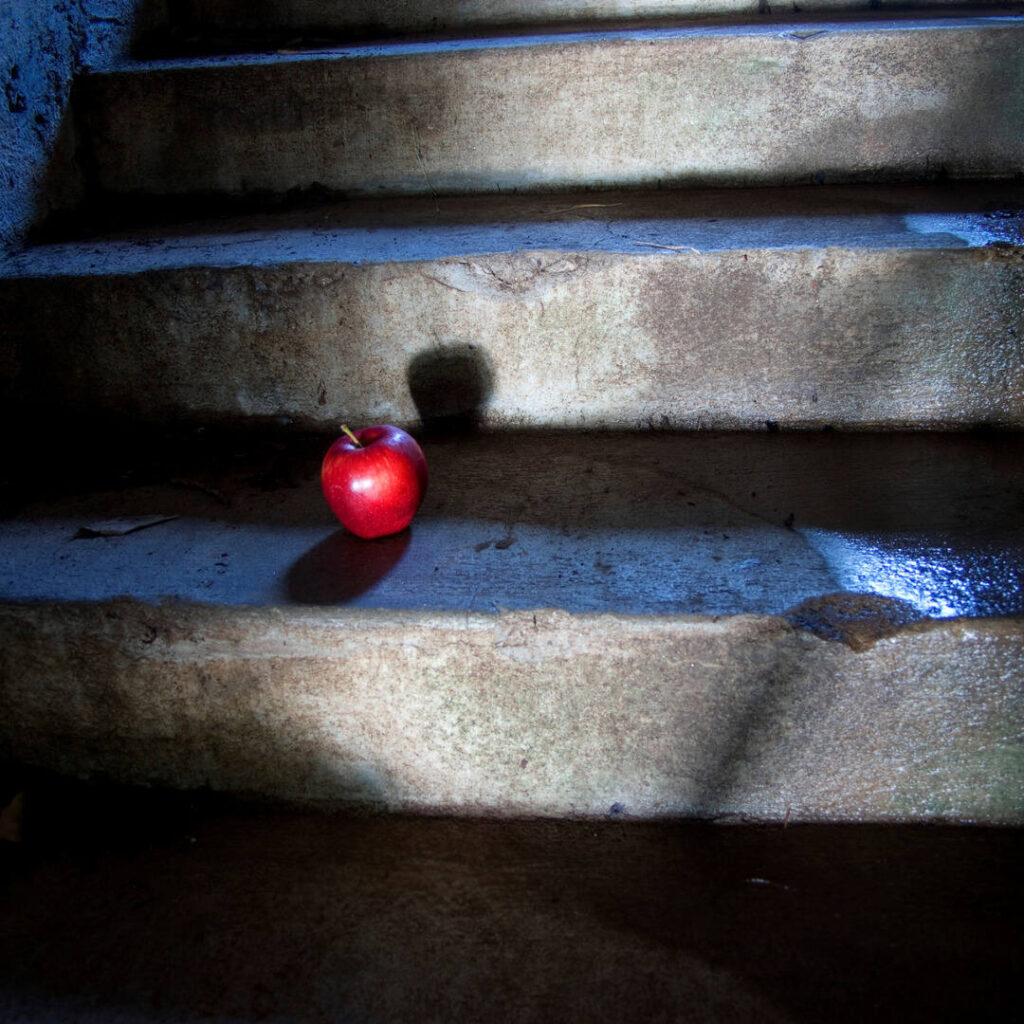
26. What is this creature? What is it trying to do with the ship
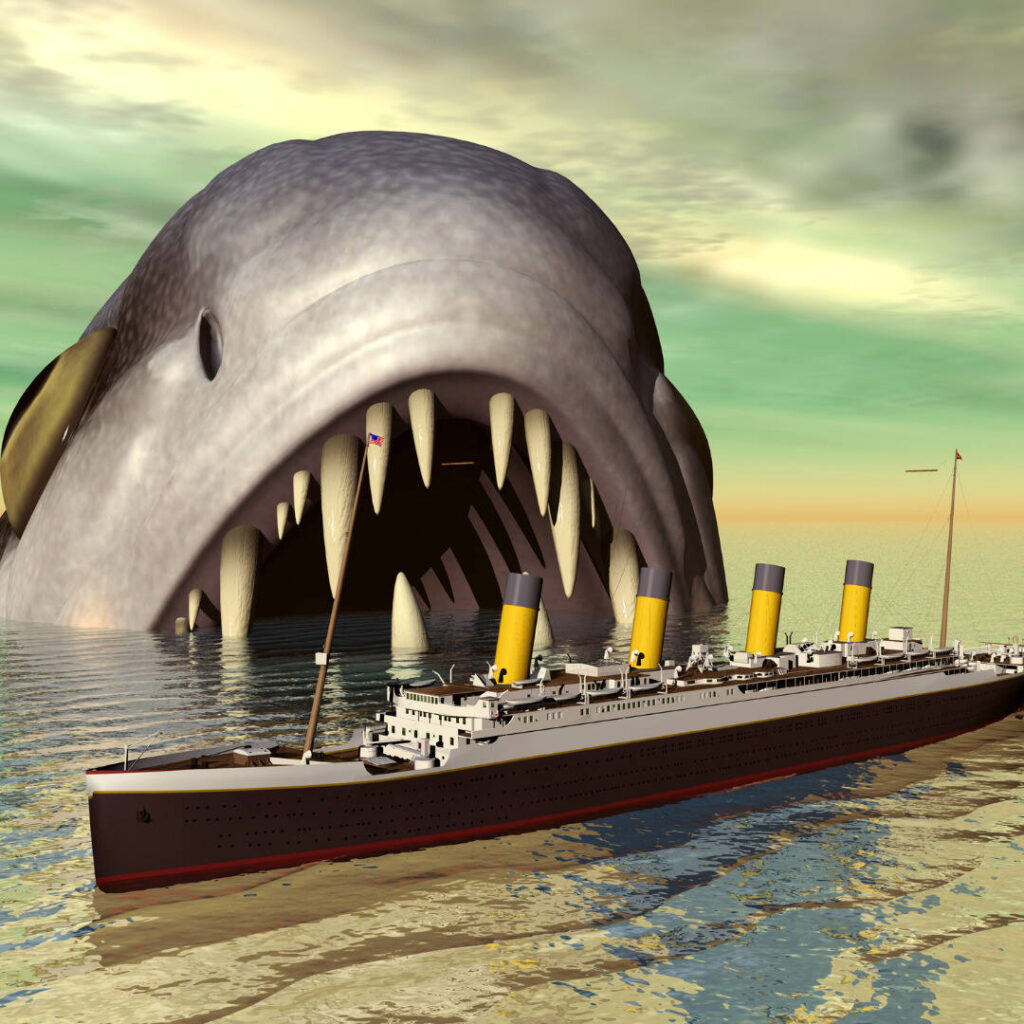
27. Whose coffee is this? Why is the coffee smiling? Can it talk?
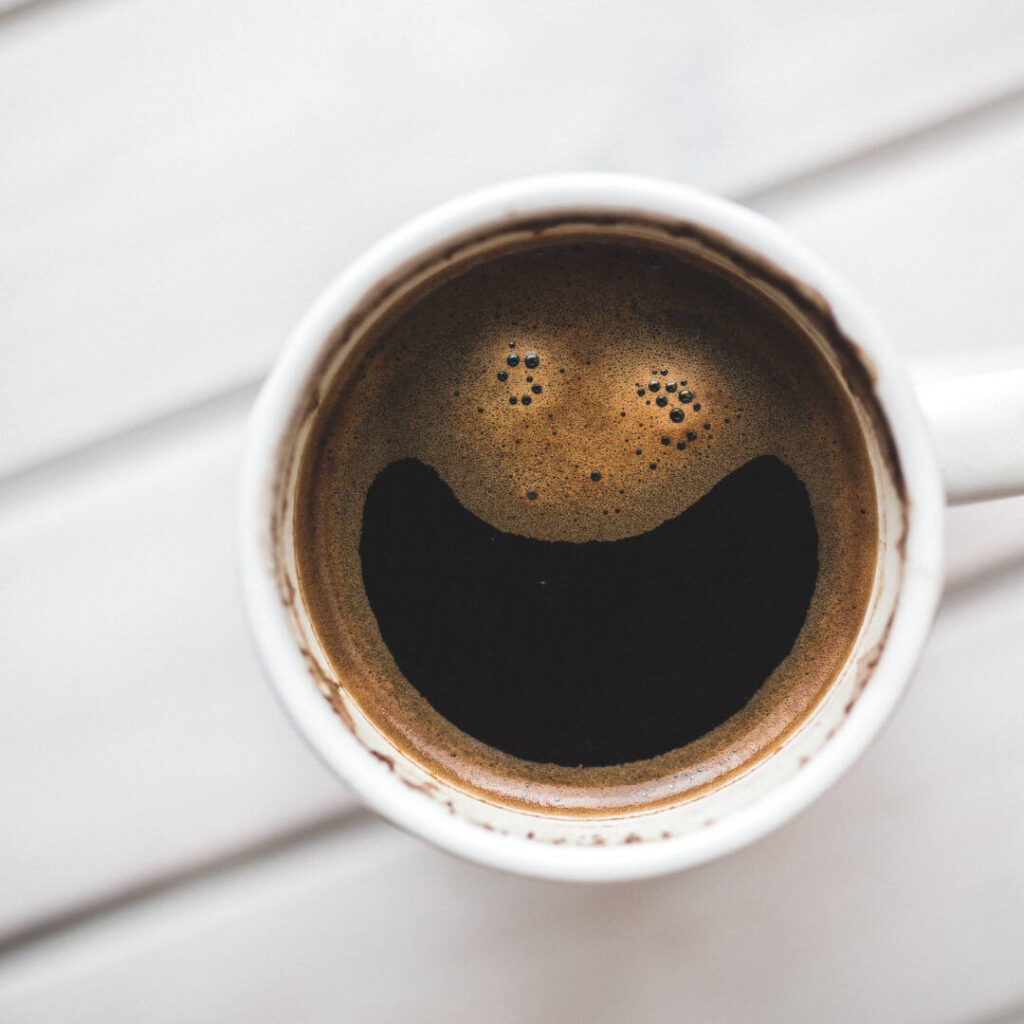
28. Why is this person at the remnants of a crime scene? Are they just a curious passerby? Could they be the culprit
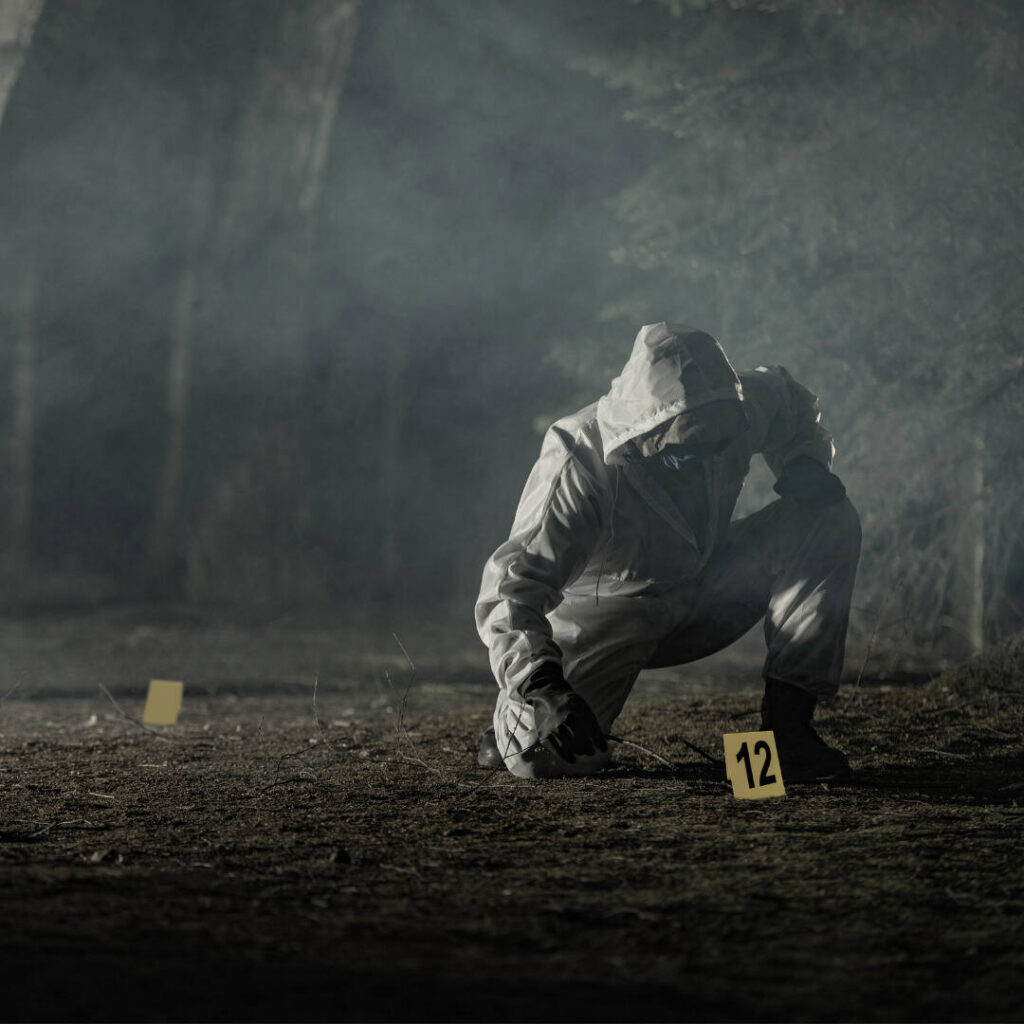
29. Whose shoe is this? Why is it so clean? Why is only one shoe missing? How long has it been there?
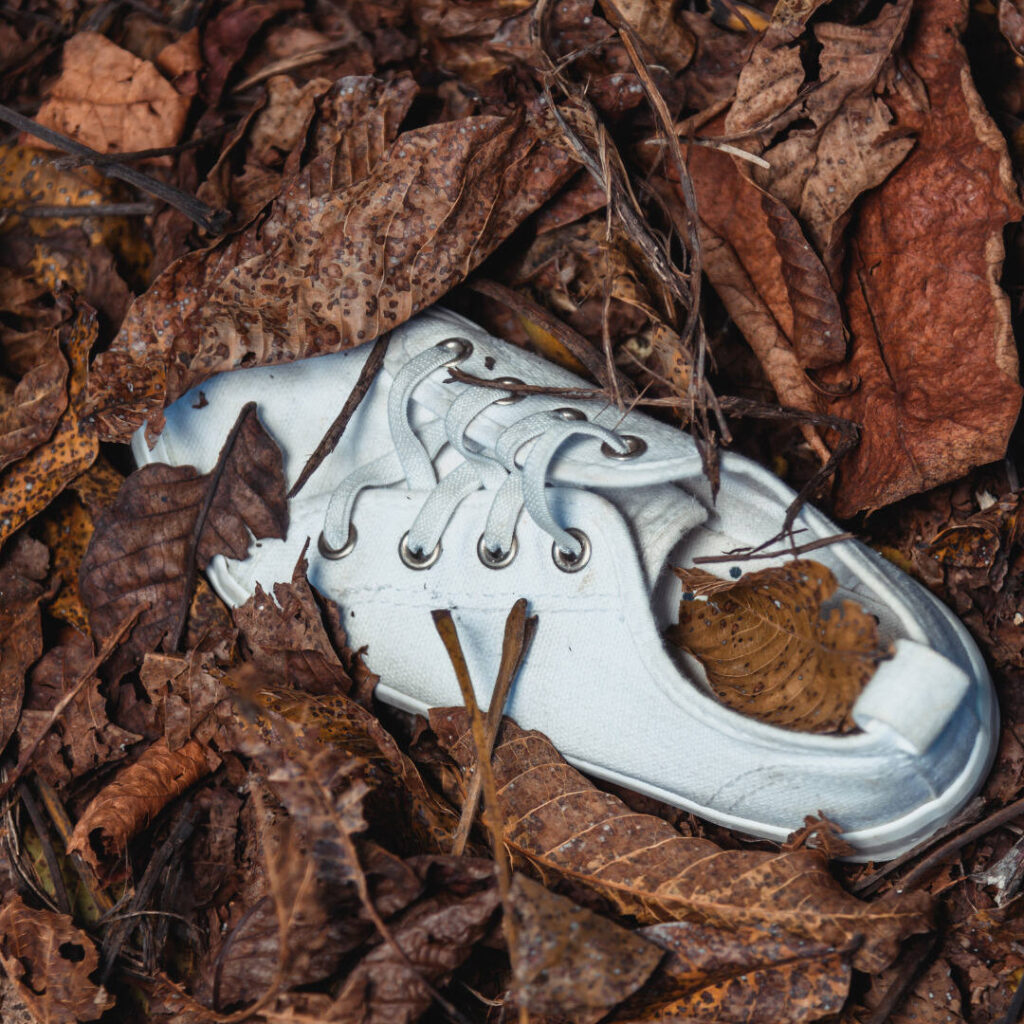
30. Can this dinosaur shadow move on its own? If so, can they talk as well? Who is the little boy?
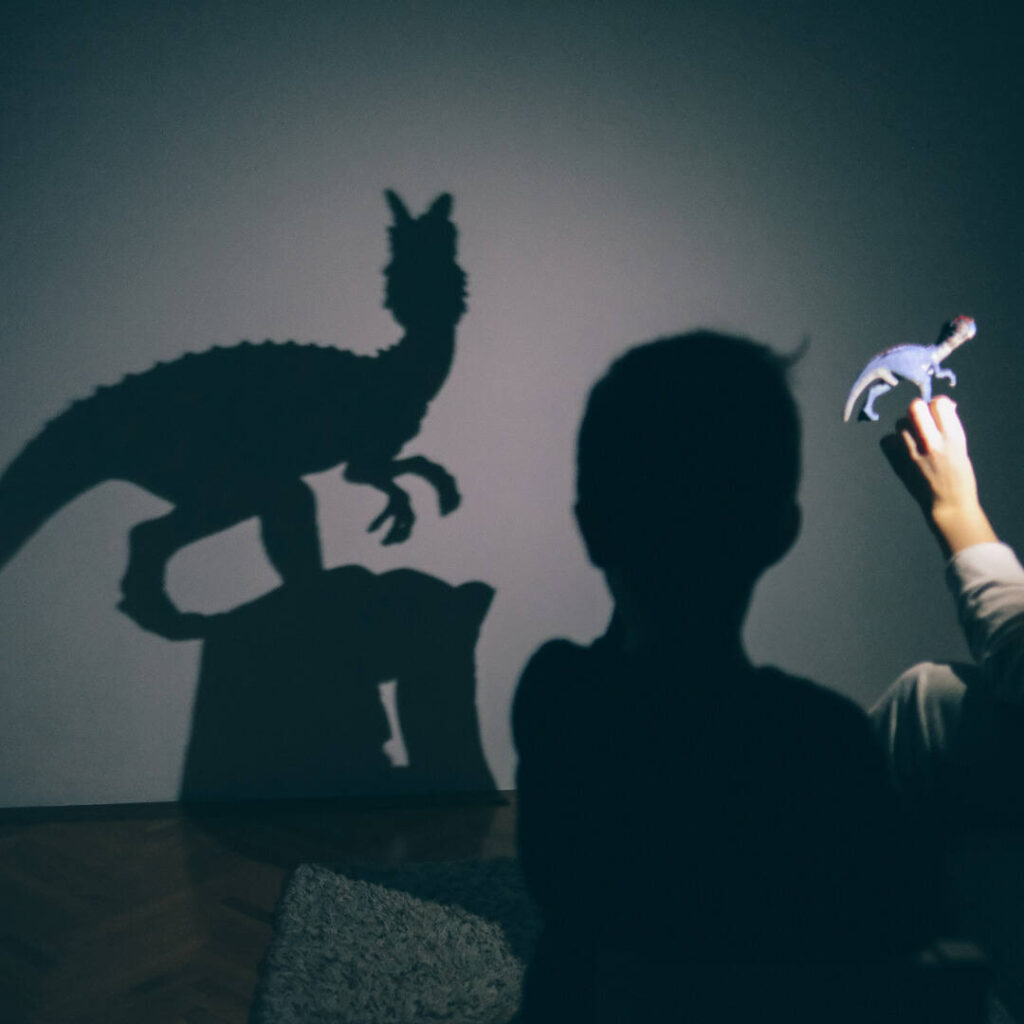
31. Whose crown is this? Why are there particles floating around it? Is it vanishing? Does it have magical powers?
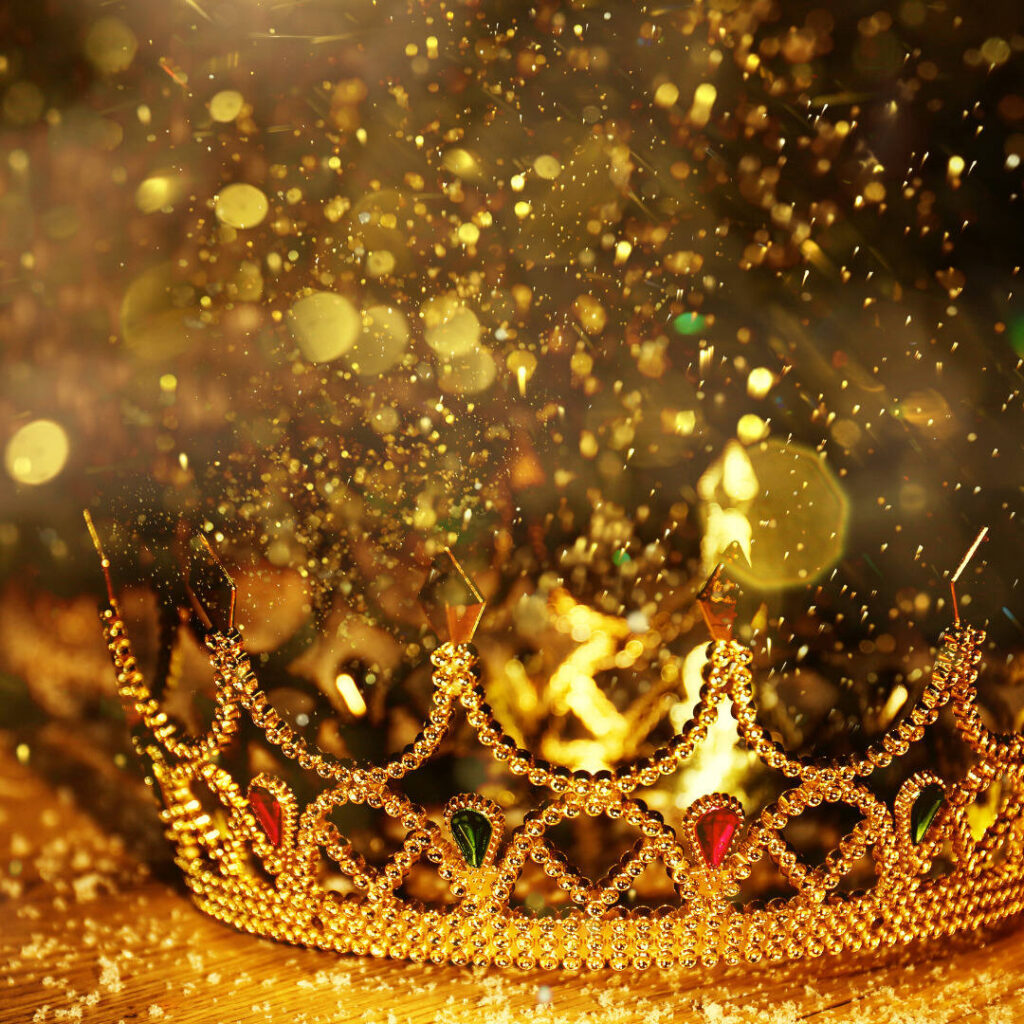
32. Where is this person located? Why did they put a bag on their head? Do they want others to notice them? Why are they sad?

33. Can this doll move on its own? Who put them in a cage and why?
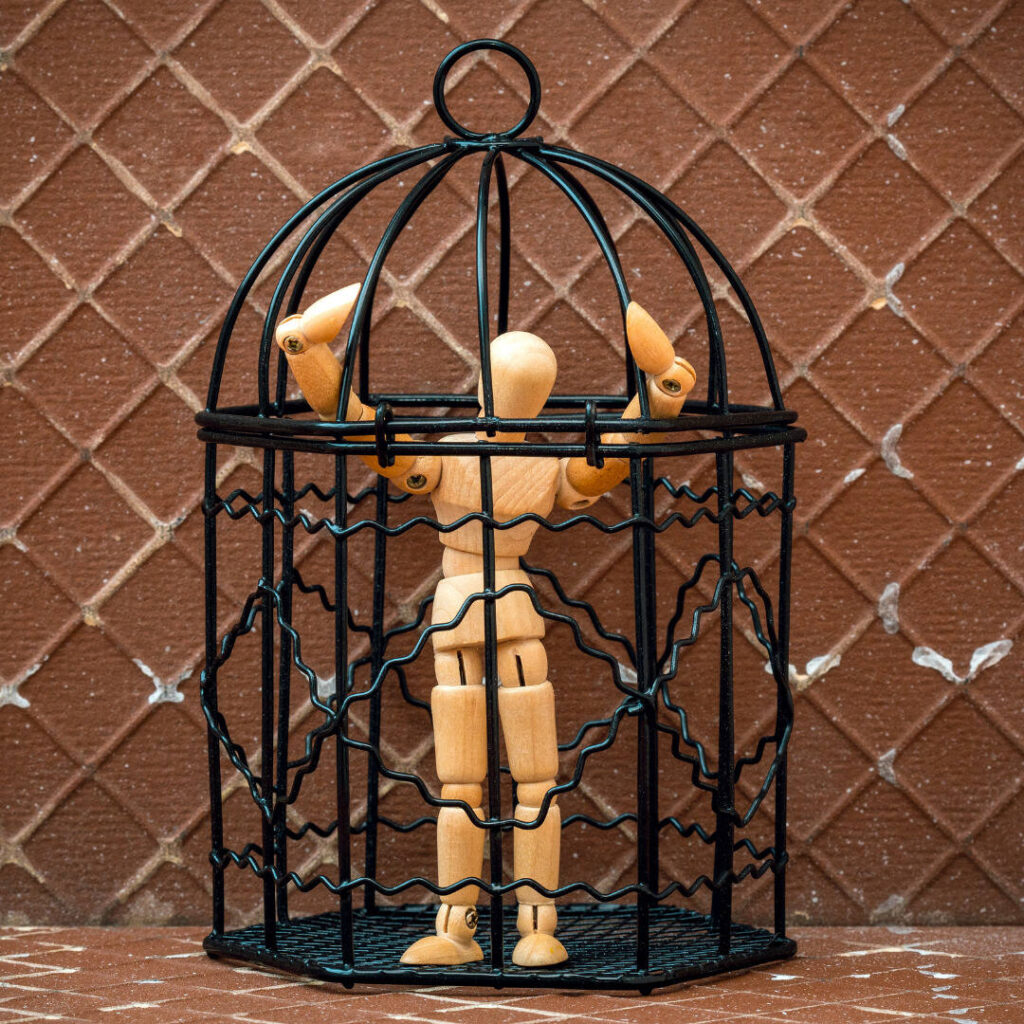
34. Why are some of the cubes empty? What are the people thinking about? Is this a game? How do they plan to get out? What is the goal?

35. Who is this woman? Why is she holding onto the elevator? Is it falling, or rising? What building is this elevator located in? Does she work here, is she visiting someone, etc.?
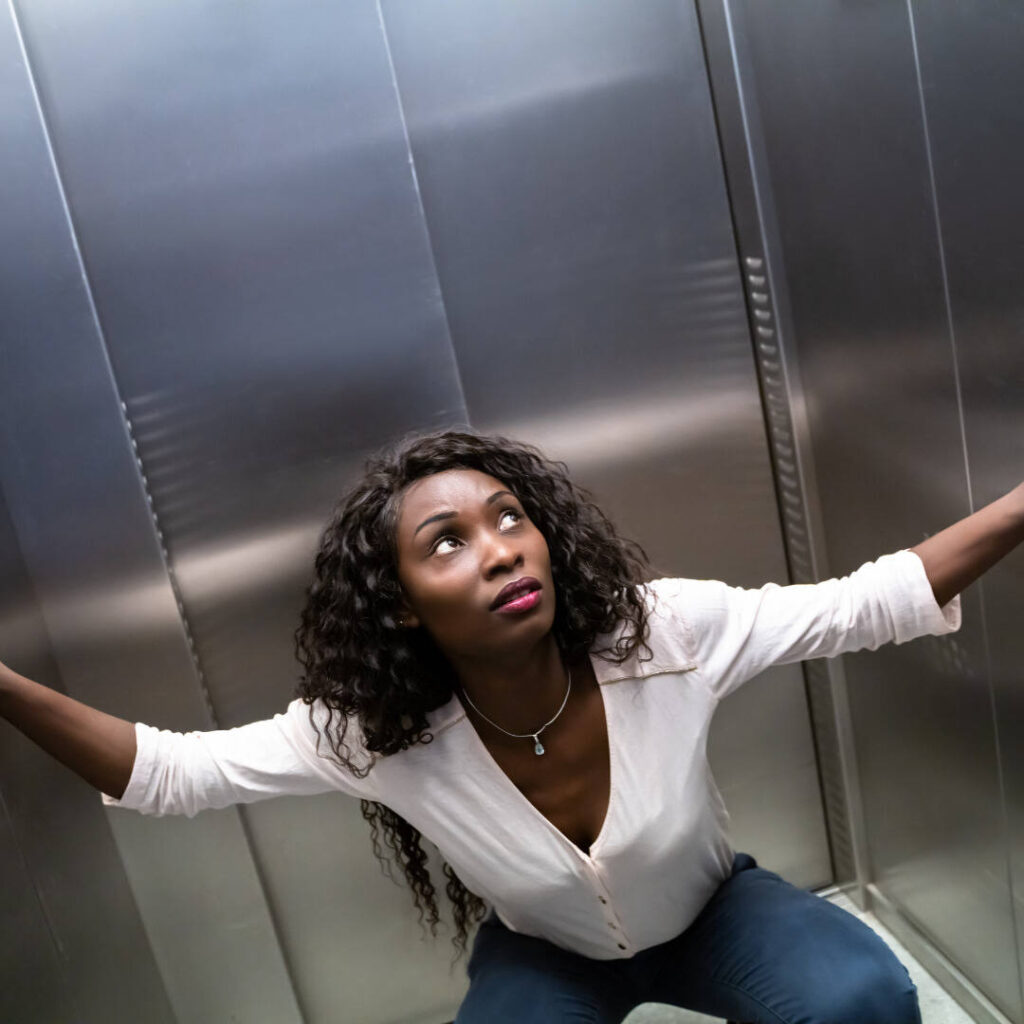
36. Why did this man take a mirror to an open field? What is he trying to do with it?
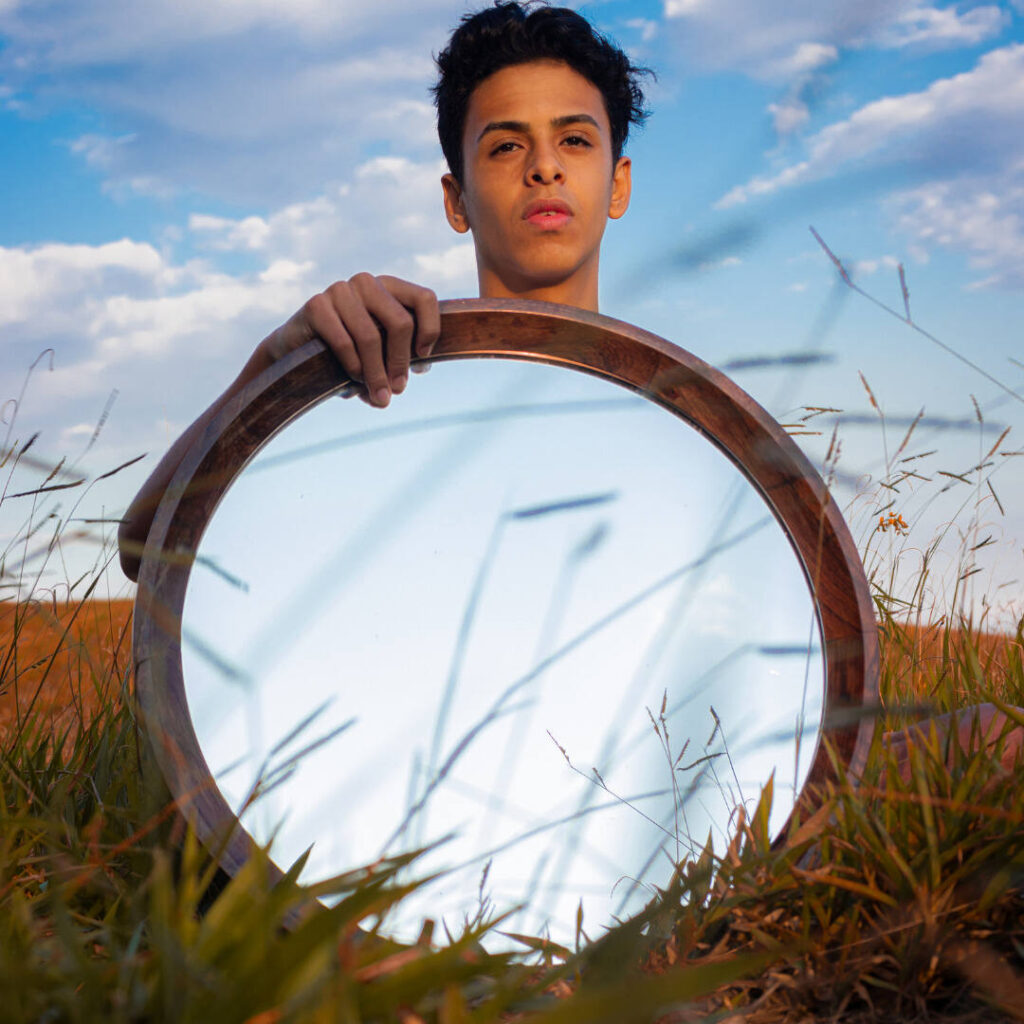
37. Who is this man? How old is he? Is he always dressed this way? If so, why?
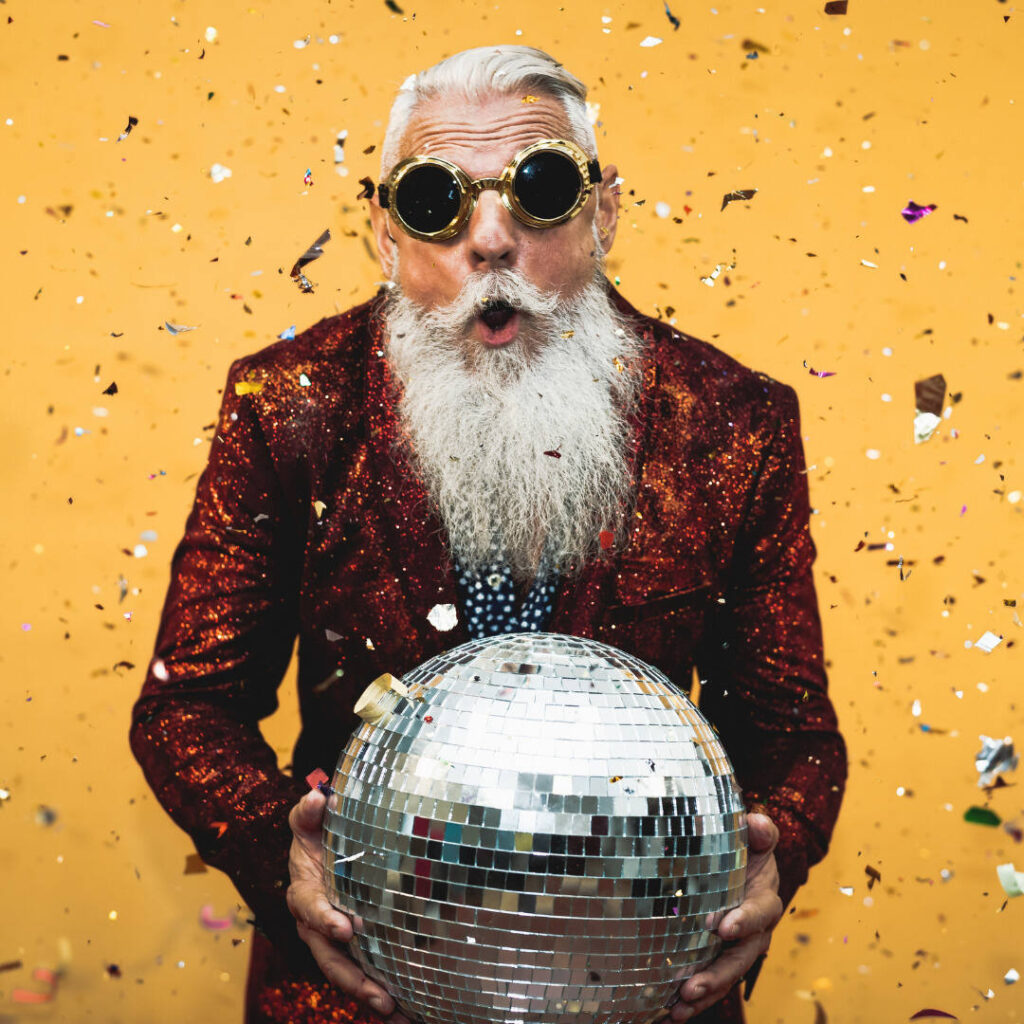
38. What is this woman happy about? What is she carrying in her bags? Where did she just come from?

39. Where is this cave? Did someone go inside? What are they looking for?
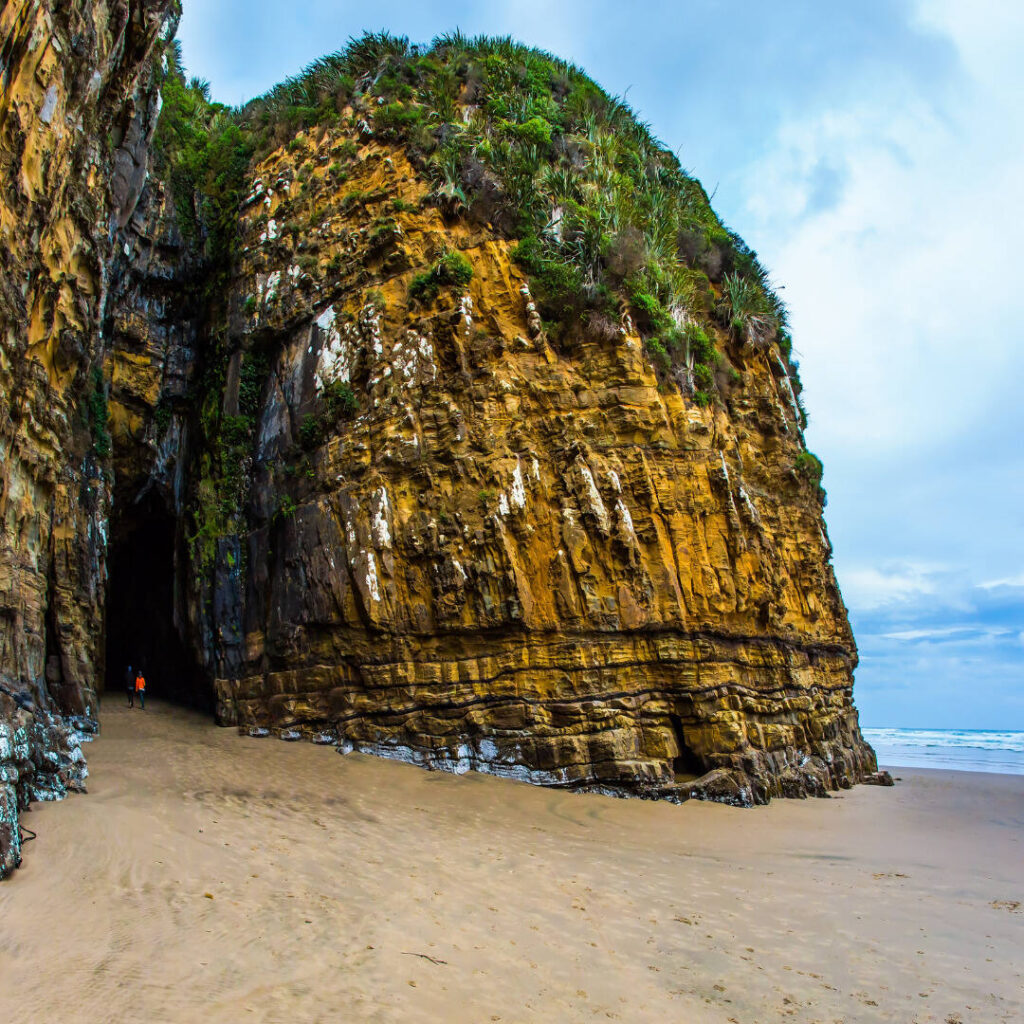
40. Why is this woman holding her arms out? Is she just stretching? Does she plan to go swimming?
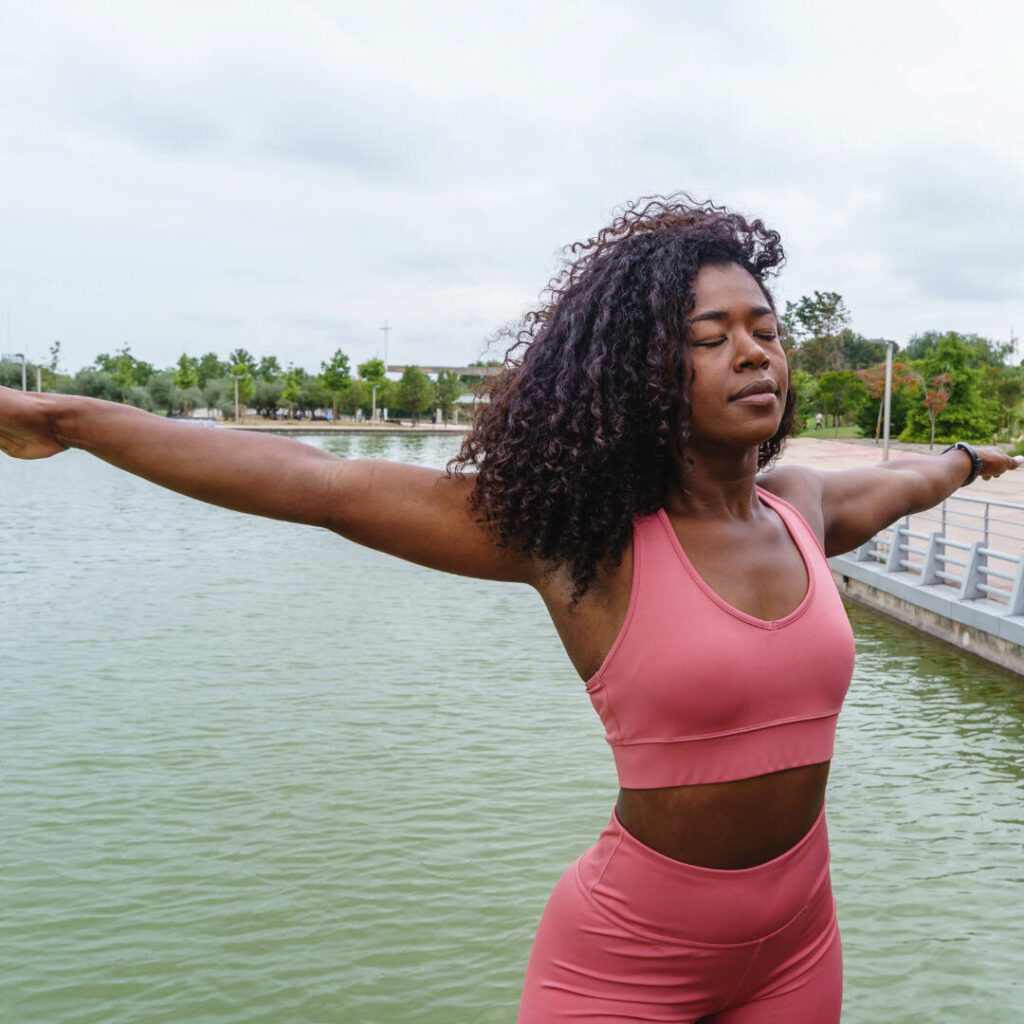
41. Where did these butterflies come from? Where are they going? Why are there so many?
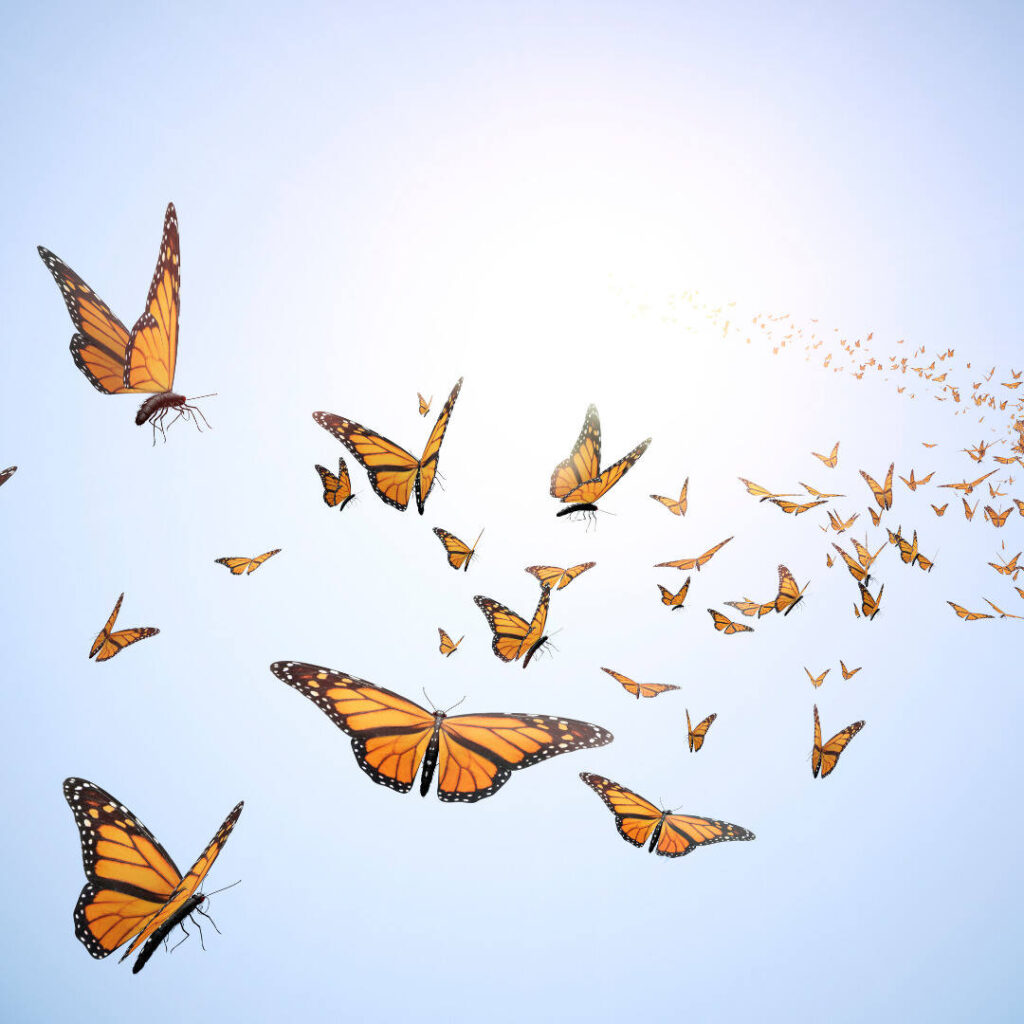
42. Who is this couple? What is making the man cheer? What is causing the woman to run away? How did they end up near the woods?

43. Did this woman marry a horse? Is it just a costume, or is that his head?
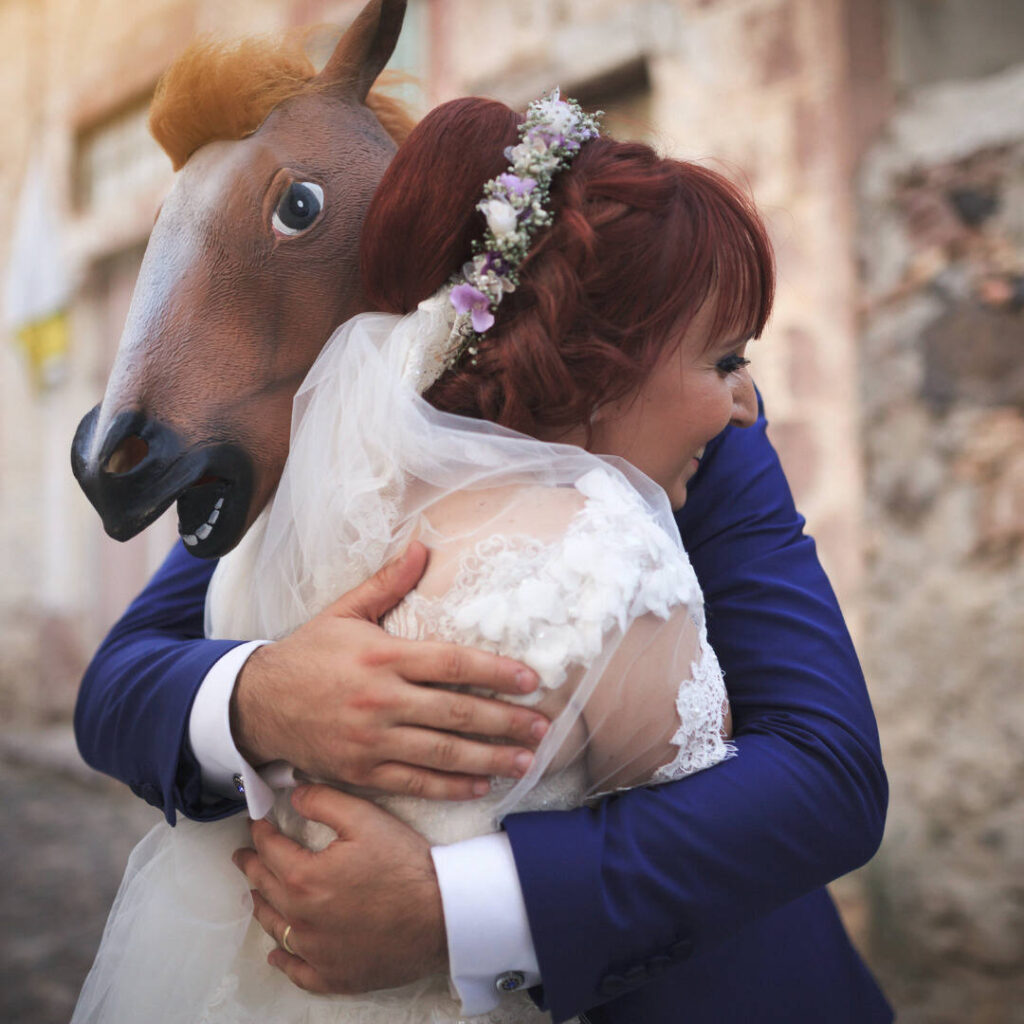
44. Why is there no one in the center? Are they waiting for something? Who are these people?

45. Are these two siblings? Where are their parents? Why does the little girl want to share her ice cream?
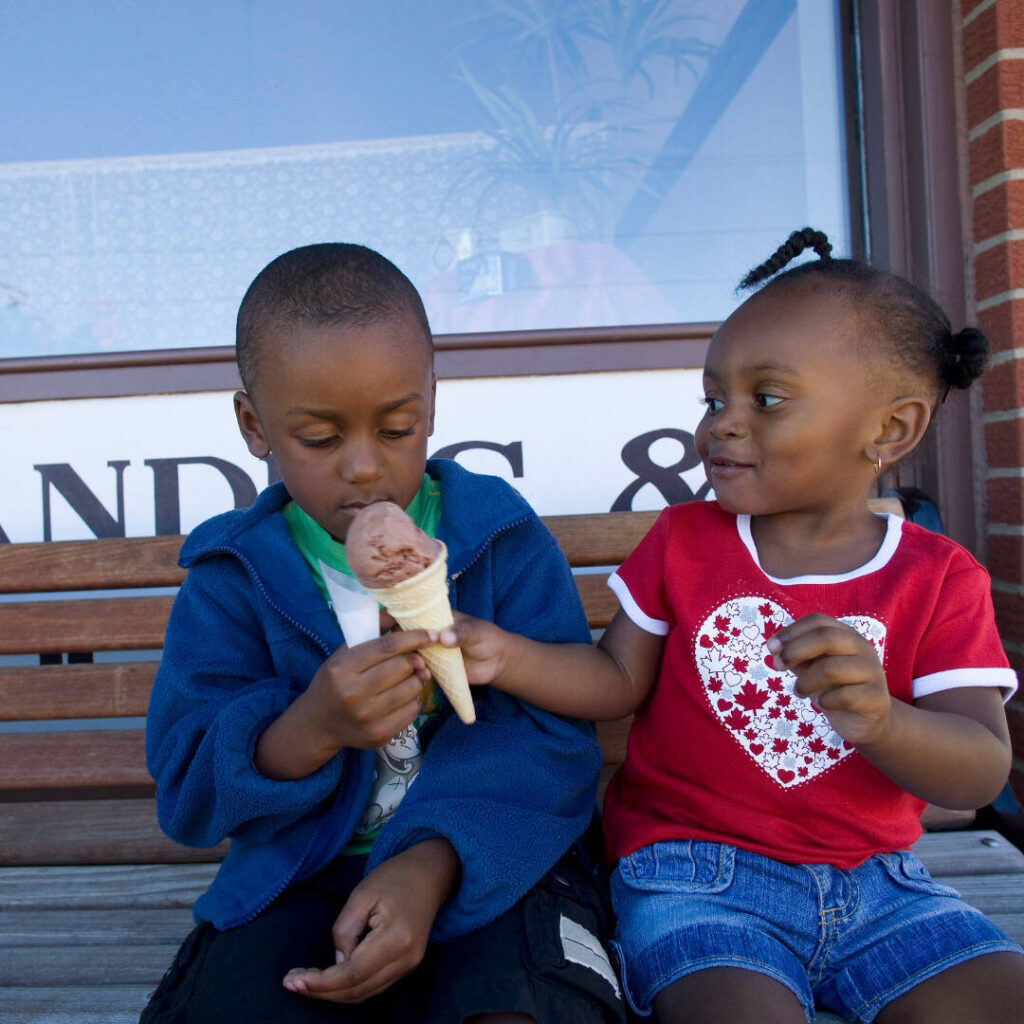
46. Who are these people, and what are they doing with the alien? Are they interrogating it? Are they doing experiments? What does the alien know? How did it get there?
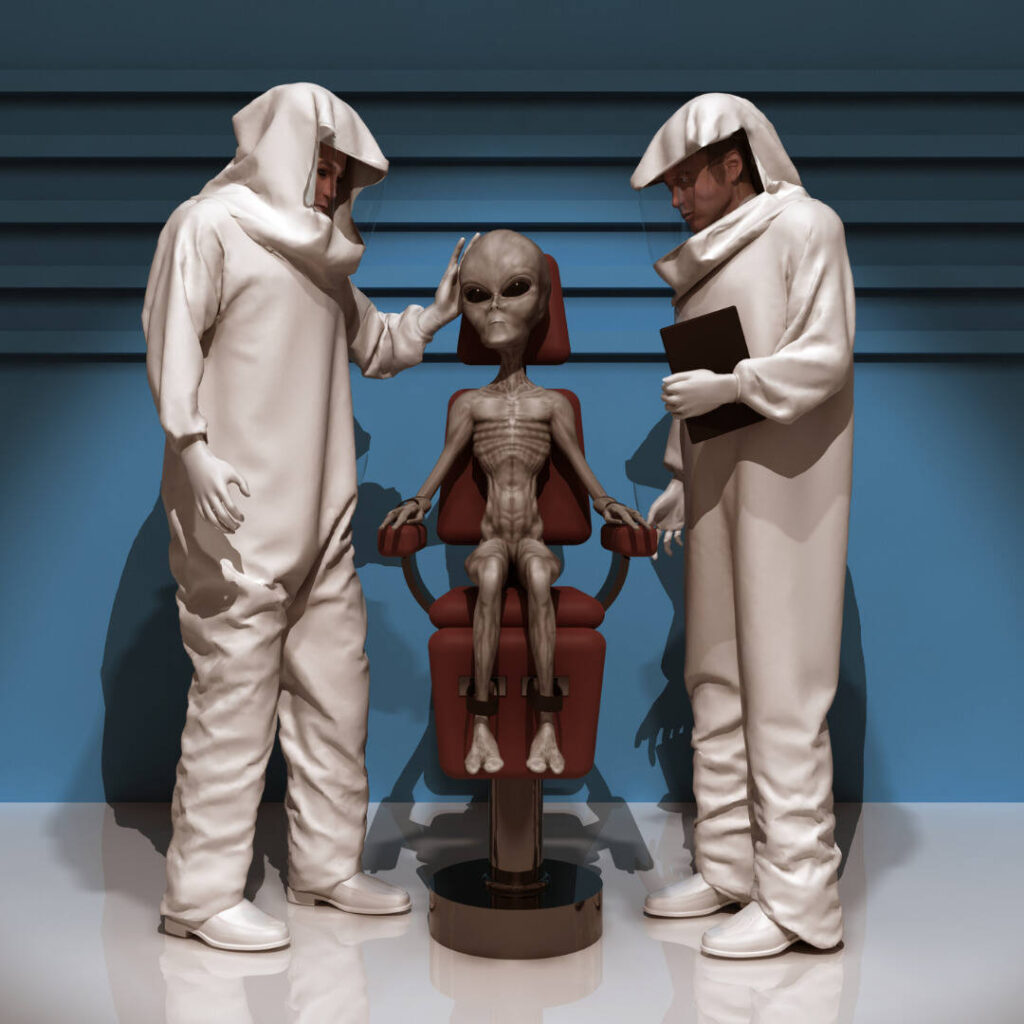
47. Is this tree naturally shaped that way, or did someone trim it into a heart shape? Why is it a heart? What does it represent?

48. Is this ship located on Earth? Where is it going? Who’s steering it?
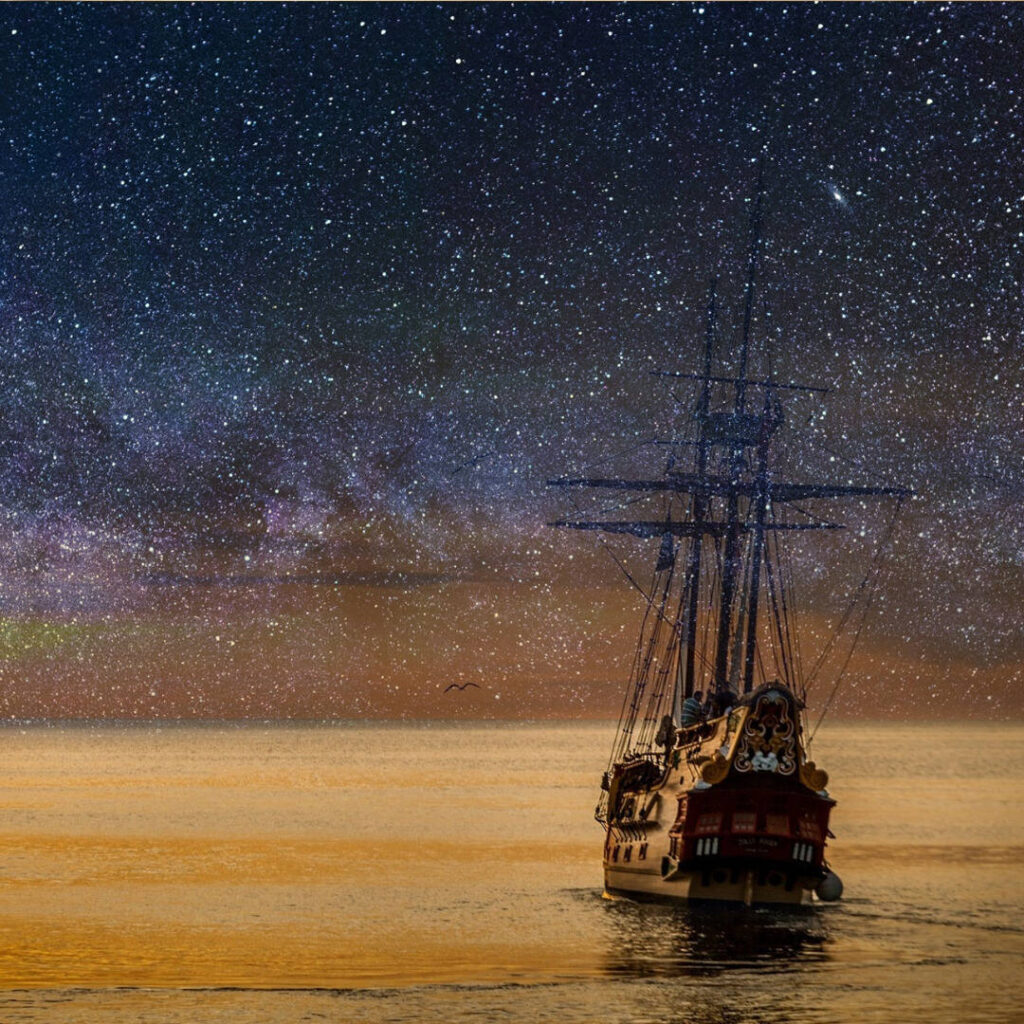
49. Is this boy a pirate captain? Is he the son of a captain? What is he looking at?
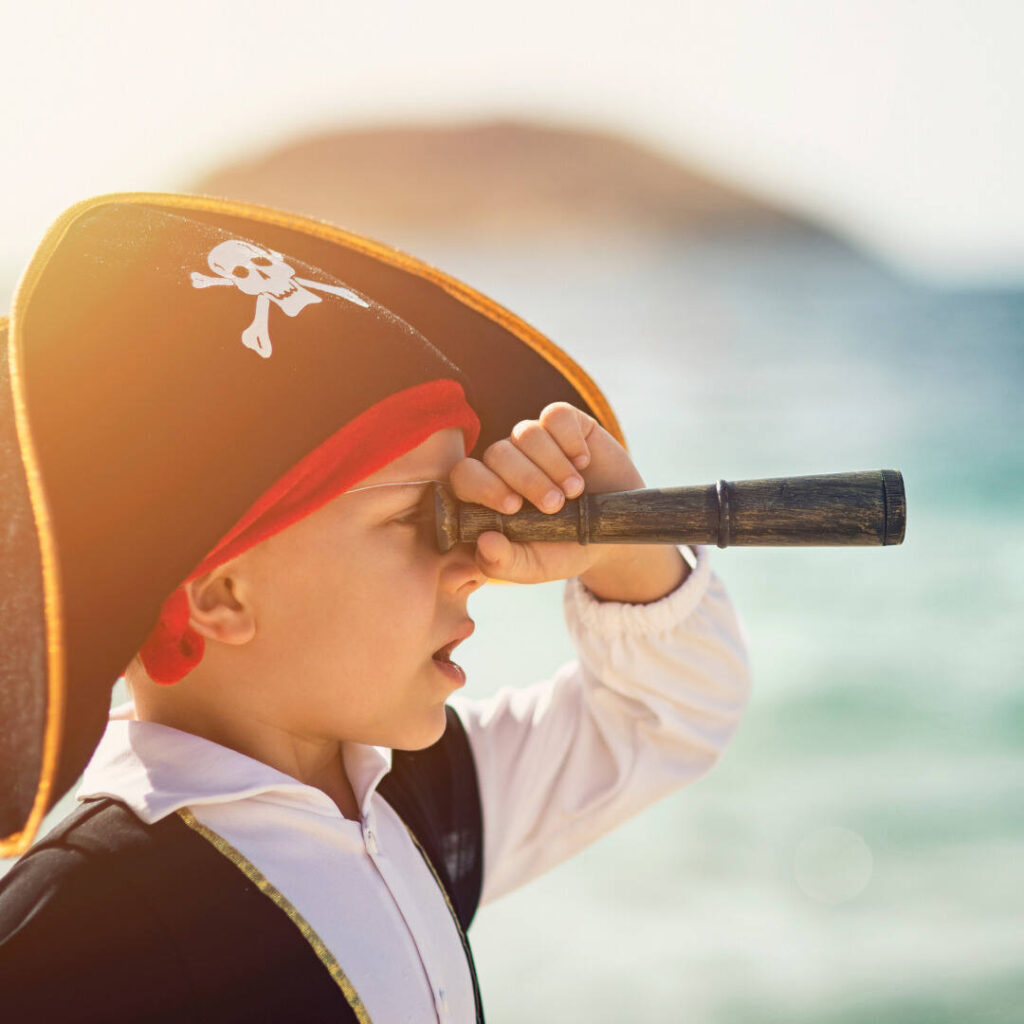
50. Are these people always invisible? How did they get that way?
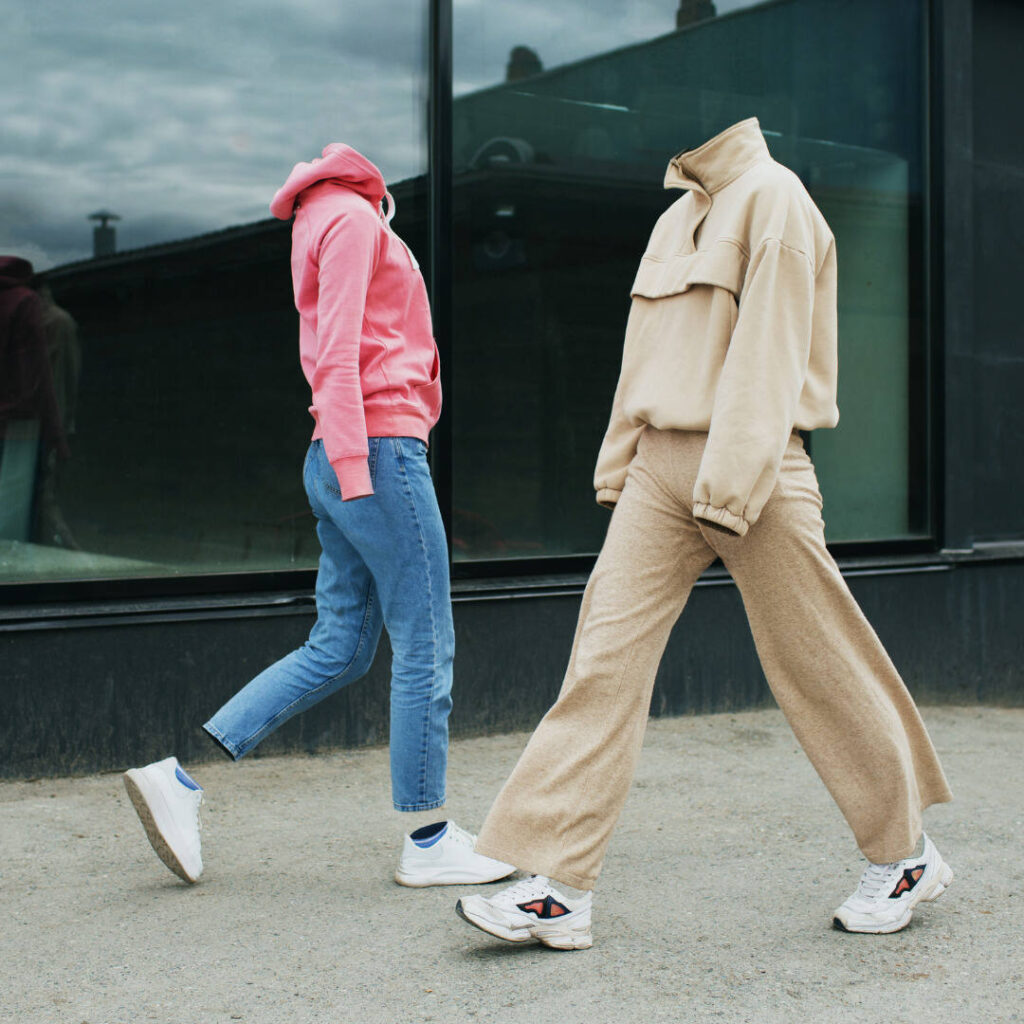
51. Where is this train going? Who is this woman, and what is she looking at?
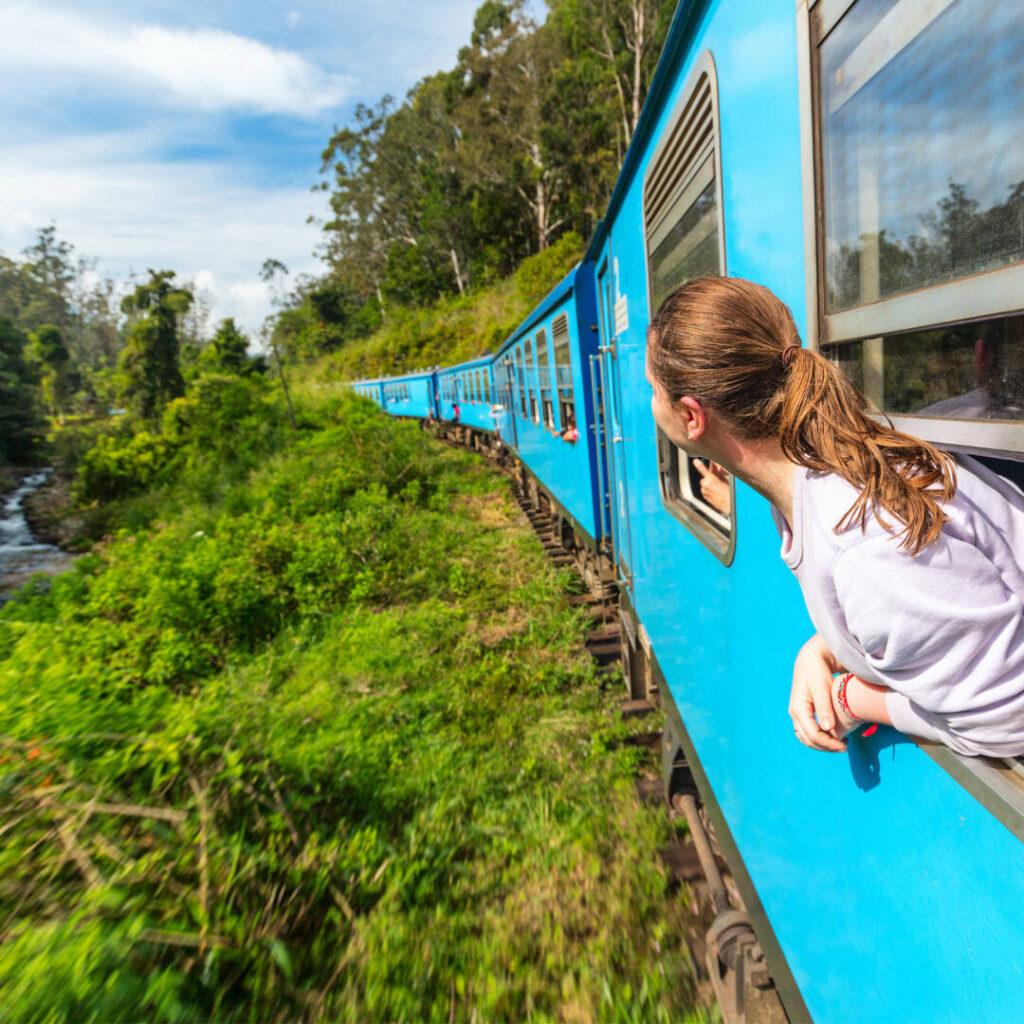
52. Why is this woman burning a newspaper? What does it say?
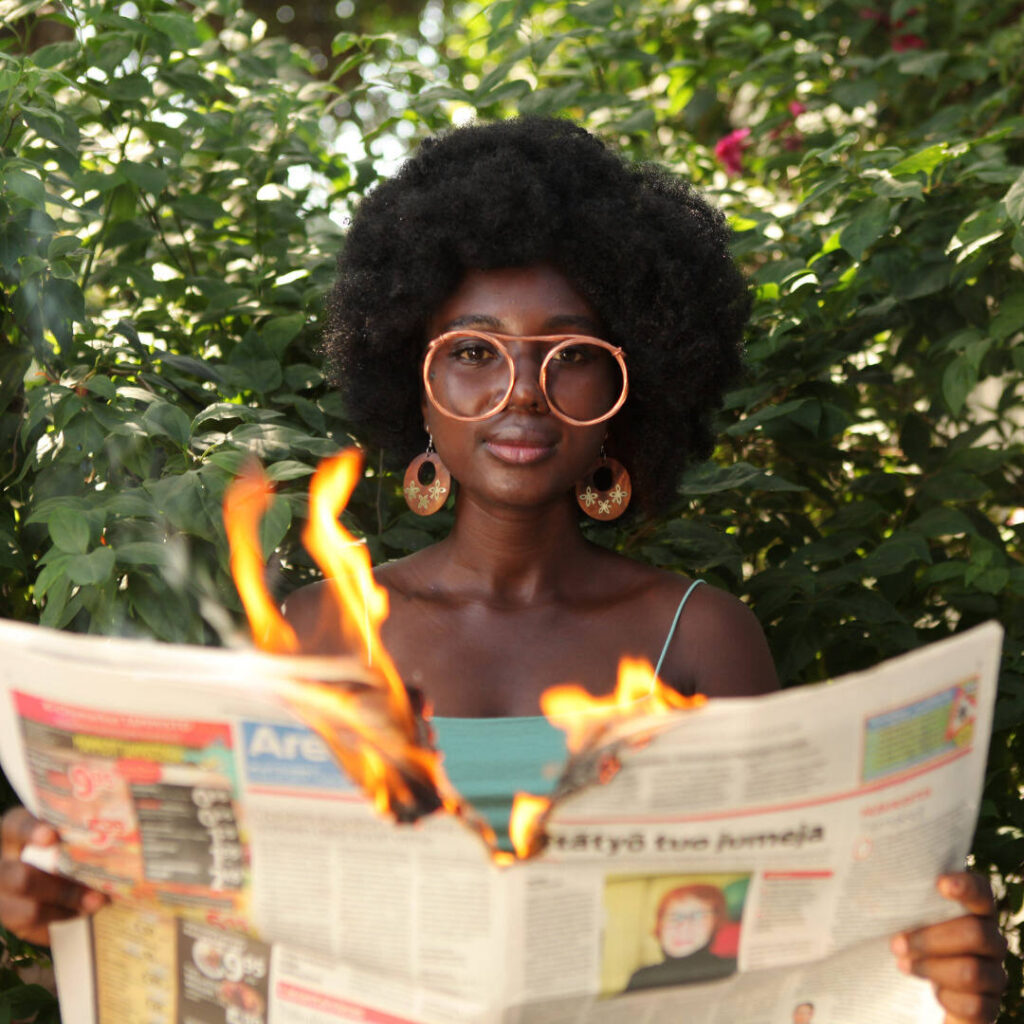
53. Is this person celebrating something? Is it a holiday? Were they the ones who set the fireworks up? If so, why?
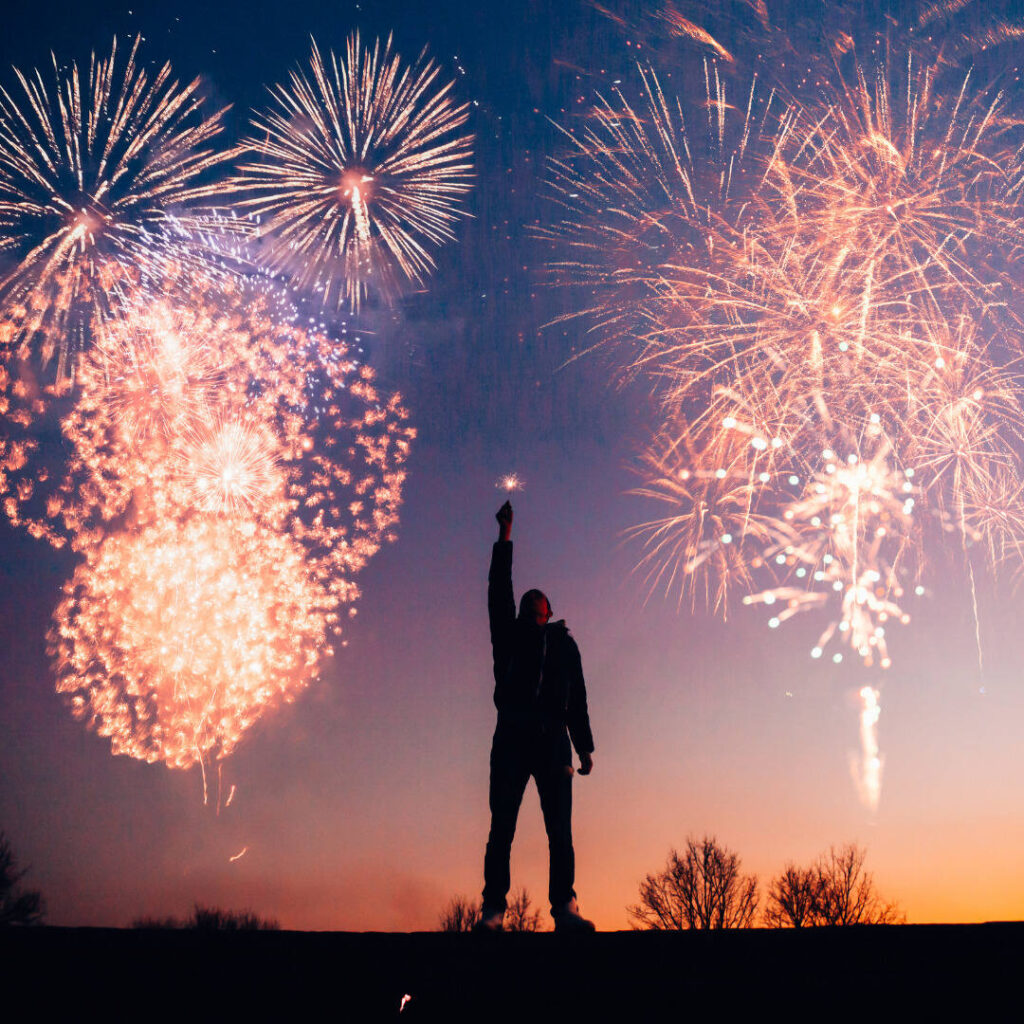
54. Where is this family going? Who are they, and why are they barefoot?
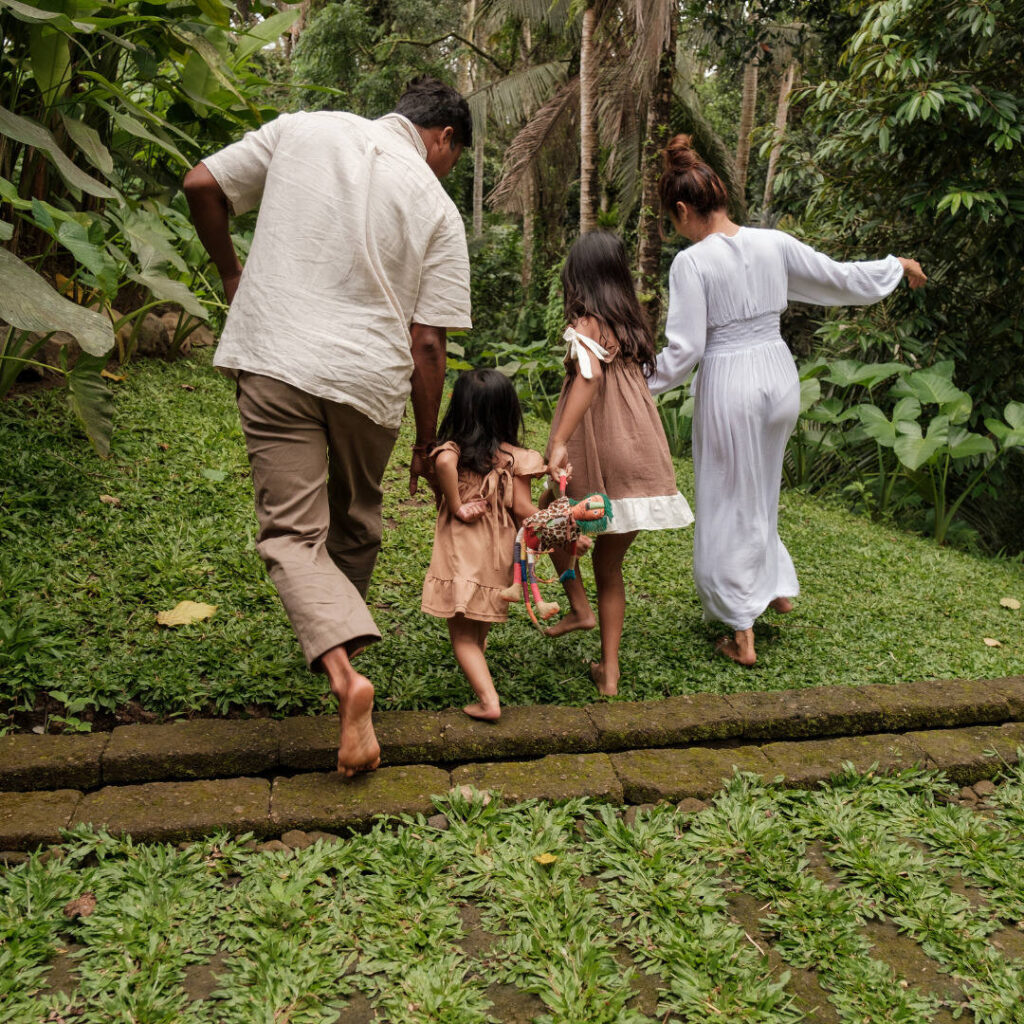
55. Who left their grocery basket on the ground? Where did they go that was more important?

56. What city is this woman in? Is she going somewhere? Is she waiting for someone? What is she thinking about?

57. Who is going to use the telephone booth next? Who used it last? What is the phone call about?
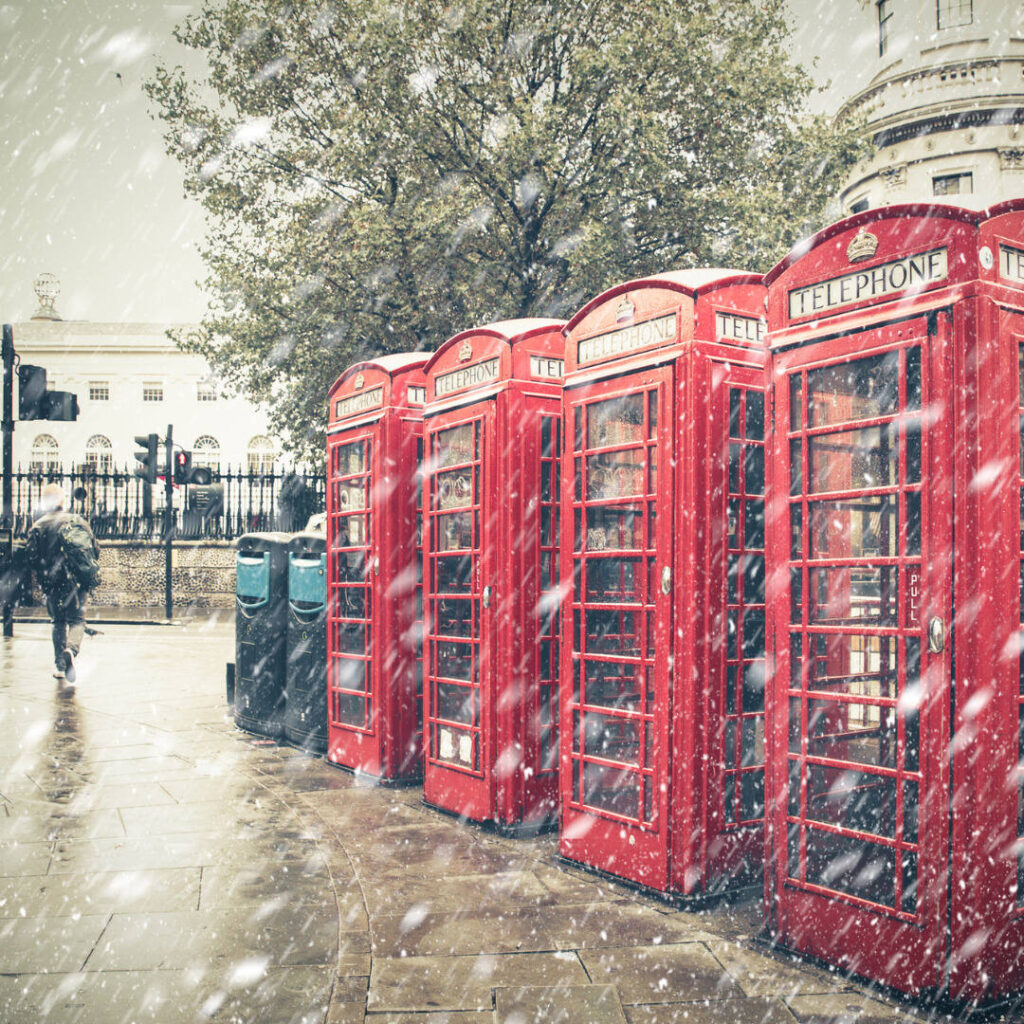
58. How did the children’s home get flooded? Can they breathe underwater? How are they getting out?
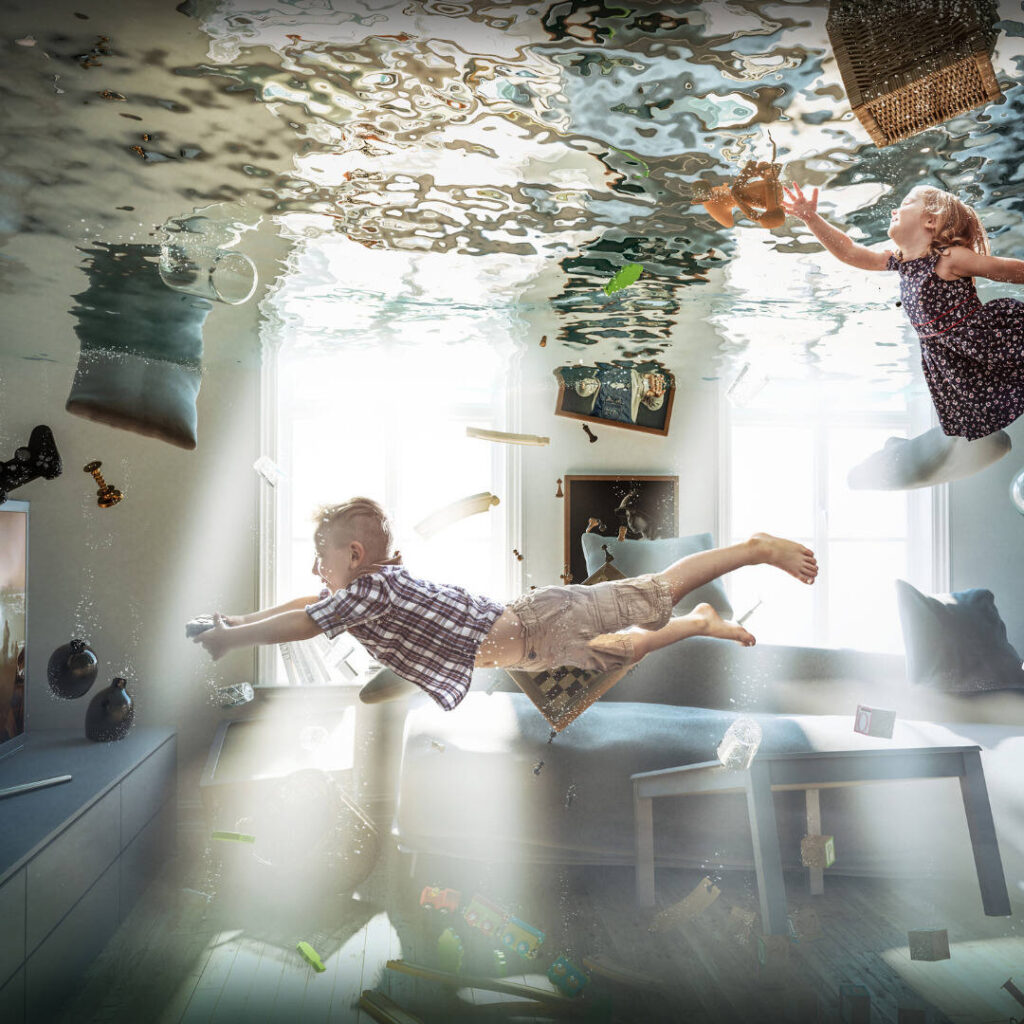
59. Whose funeral is this? Who is holding the rose and why?
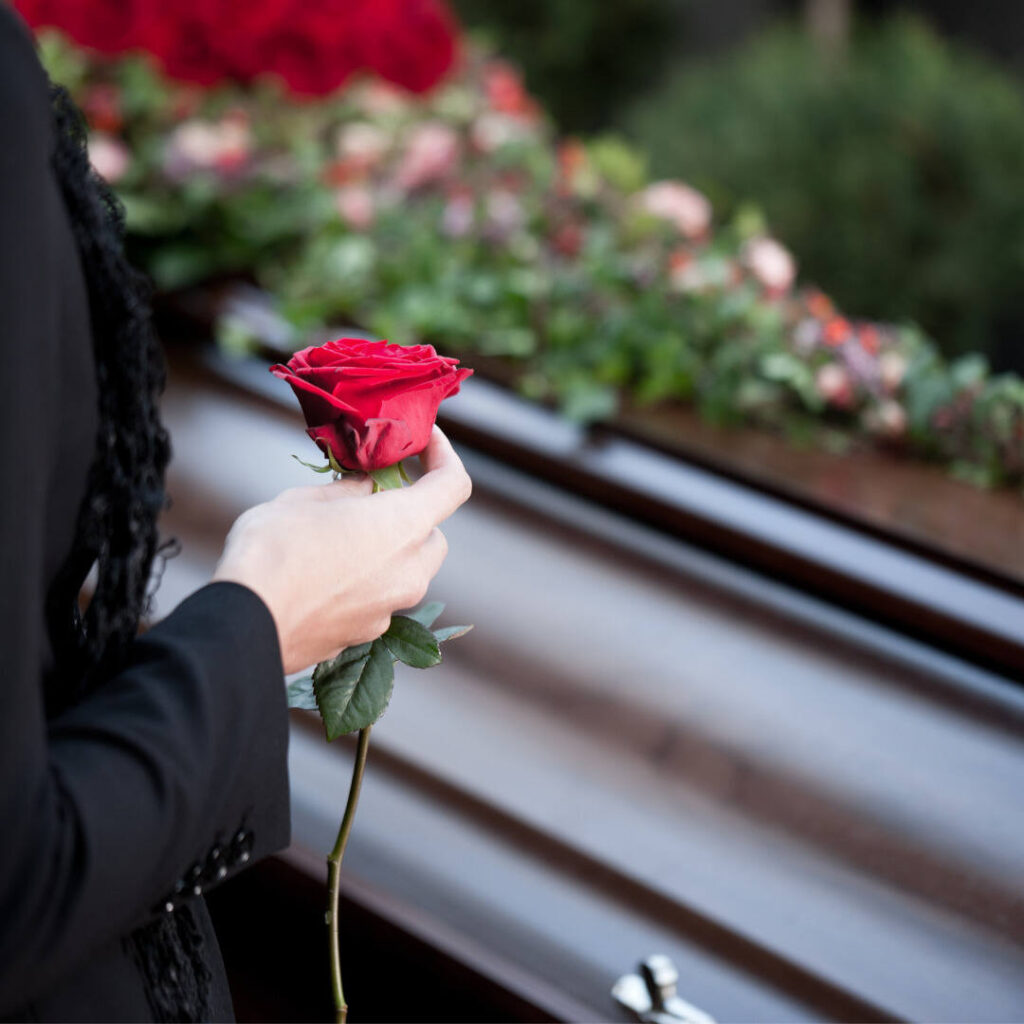
60. Who is this woman, and where is she? Is she a prisoner? Is she there of her own accord?
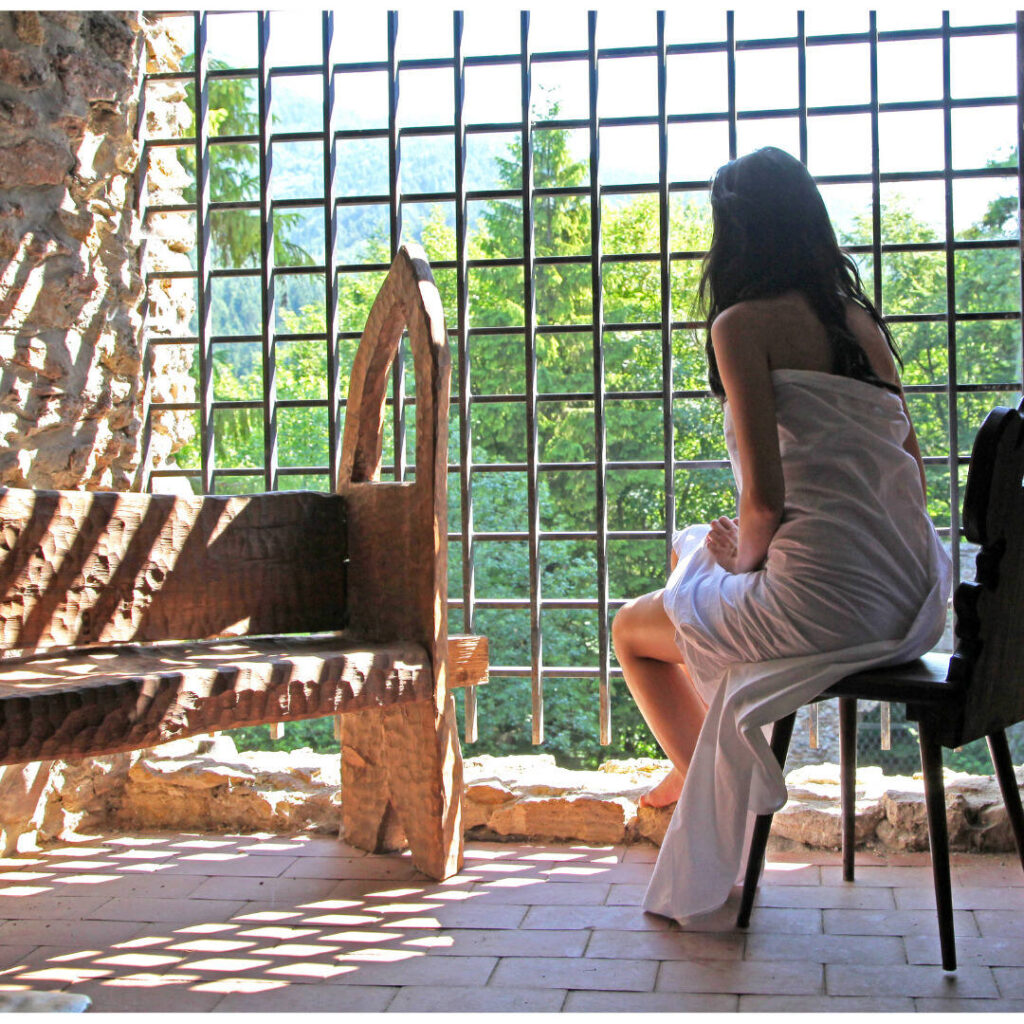
Benefits of Using Picture Writing Prompts
Stimulates Creativity
Using picture writing prompts like the ones above does more than give authors a quick solution to their writer’s block. It also stimulates my creativity by making me think outside the box.
Imagining worlds and scenarios that are unlike my leads me and many writers to have creative breakthroughs in our stories.
Enhances Descriptive Skills
When looking at any image or visual display, I am often bombarded with many details I may not notice at first glance.
Picture writing prompts help me write better, as they force me to focus on the specifics of each image and what details to incorporate into my story/scenes.
Encourages Storytelling
I remember watching Disney movies as a child and constantly feeling drawn in by the portrayals of worlds, scenarios, and characters I had never seen before.
Just like watching a movie, using picture writing prompts encourages me to tell stories about subjects underexplored or that can be expanded upon.
Even a picture of something as simple as a flickering candle could lead you to your next great idea!
Builds Writing Confidence
I’ll admit that when I wrote short stories for my college workshops, I sometimes felt stumped at what details and ideas to include next in the story.
In those moments, I searched for images of scenery, character models, and the like to give me a boost in the right direction. This helped me realize I had ideas locked away in my brain, I just hadn’t uncovered them yet.
There is also nothing wrong with being inspired by something externally, especially once you craft it into its unique masterpiece.
Once you are captivated by an image, your ideas expand, and that expansion will give you the confidence to write even better ideas the more you practice it.
Selecting the Right Picture Writing Prompt
Considering Your Genre
When I first took a writing workshop in college, there was many students, myself included, who had no clue what genre they wanted their stories to be in.
This lack of certainty also made it harder for us to create new ideas since we didn’t have a clear intention/stylistic framework for their story.
As such, when selecting a picture writing prompt, I suggest simultaneously considering the main genre you want to write for (i.e. romance, sci-fi, fantasy, realistic, historical fiction, etc.).
The images in this article apply to several genres, so if you choose your genre first, selecting a picture writing prompt may become a bit easier.
Emotional Appeal and Personal Connection
Another option is selecting a picture writing prompt based on its emotional appeal. When looking at an image, I like to ask myself, which one resonates with me, or reminds me of something I experienced personally?
Oftentimes, the best stories I write are the ones I have an emotional stake in, so I suggest choosing a prompt from the perspective of your most vulnerable self.
For example, picture #54 from the list above of the family running barefoot reminds me of my days as a child running around and walking barefoot outside (which also gave me uncomfortable, rock-like calluses, but I digress).
Either way, no matter how small the detail, try finding a connection between one of these picture writing prompts and ,your memory or experience and branch your idea out from there.
Open-Ended vs. Specific Prompts
Additionally, some of these images are more straightforward than the rest regarding what ideas might come to mind.
For example, picture writing prompts with people in them may narrow my story idea to those types of characters. On the other hand, the image of a glowing rock or gemstone leaves me with a looser impression of what to write about.
Therefore, I suggest if you already have a story premise/character in your head, try selecting an image with a specific object in it to balance out your vision.
However, if you are starting your story from scratch, try choosing an image that depicts a person. After all, what’s more important in a story than the main character steering it?
Tips for Effective Picture Writing
- Set the Scene: Know where you want your story to take place (e.g., the desert, forest, ocean, an urban or rural area, etc.).
- Develop the Character(s): What do your characters look like? Where do they live? Who are the people closest to them? In the selected image, are they struggling with something? Are they happy, sad, angry, etc.? If so, why?
- Create Conflict: Think about how your chosen image could be reimagined into something more rattling. For example, if a picture prompt depicts a woman seemingly at peace with herself, what new development could you add to disrupt that peace?
- Build Suspense: Some images may seem boring initially, so try enhancing the stakes. For example, if the image’s tone doesn’t evoke any strong emotions, consider imagining that scenario, object, or person being another character’s greatest fear or even wish.
Final Thoughts
Overall, there are many benefits to using picture writing prompts to progress your writing further.
These prompts allow you to flex your creative muscles and pay attention to seemingly insignificant details that become important later on.
They also help you rethink what kind of stories you see yourself telling, and let you build more confidence in your skills and your future writing endeavors.
Many writers have struggled
Many writers have struggled to develop story ideas to tell, but that doesn’t make you any less capable.
As a writer, I cannot afford to live in a vacuum and merely see myself as either naturally gifted with an internal trove of ideas, or boring and lacking originality.
The best pictorial ideas are the ones that move us
I believe the best pictorial ideas are the ones that move us, inspire us, and inspire others. Therefore, if you resonate with a certain image or idea, likely, others will too.
So, don’t hold back. Make these prompts your own!
Keep striving, writers.
Until next time.
Frequently Asked Questions
Using picture writing prompts improves your writing skills by stimulating your observational and analytical skills as you decipher what each image means in the context of your story.
Yes! Many of these images apply to various genres of storytelling even if they seem skewed to one type on the surface.
For example, the image of the woman holding a rose next to a coffin could be seen as a romance, but it also would work in a realistic fiction context as well.
Narrow down the images you want to use by focusing on the genre you want to write first. Once you know that, the picture writing prompts can be utilized based on their relevance to your chosen genre.
You may also consider if what you’re looking for is about coming up with an idea for a character, an object, or a scenario. Decide on one first and then go where your mind takes you.
Pinterest and Instagram are good places to start since they cater to visual ideas more than text-driven ones. Simply search for prompts with keywords like “fantasy landscapes”, “romance aesthetics,” or whatever suits your chosen genre or character.
You can reach Author Tara Hayes by email at: tarahayesbooks@gmail.com
Or, you can book a call with her, HERE.
Plugin designed by RofiTech

